CHRISTMAS IN PORTUGAL 2020
Celebrating a Covid Christmas
This is going to be our first Christmas in Portugal. Easyjet cancelled so many of our booked flights this year including the Christmas December flights on 15th December so now my children are booked to visit for 1 week over the Christmas period but who knows what the outcome will be. It may very well end up with just the two of us celebrating together. I have only ever spent one Christmas day away from my children when we visited Las Vegas. I can’t imagine spending Christmas day without them as they are my world. It will be a sad day if this happens but we are lucky as we have each other. Some folk are single and that must be pretty depressing to spend Christmas day alone. Personally for me, Christmas is all about my family and although my children are now adults (18 and 27), I still relish watching them open their gifts and sitting in our P.J’s together on the sofa with a hot chocolate watching Christmas films and playing our family traditional board game of Monopoly that lasts forever.
I am super excited for my son to visit for the first time to show him our casa in our little village which we now call home. I also want to go on family winter wonderland walks in the magical forests together. I also have plans on visiting Porto, snowy Serra da Estrela and maybe a beach if it’s not raining but we will have to wait and check any restrictions and curfews in place. It’s looking promising as it appears we will be able to leave our municipals over the Christmas week but it’s being confirmed on the 18th. As it stands the flights are still going ahead so I really hope I get to cherish some precious moments with my babies, to hug them and celebrate what Christmas is all about: Celebrate love, life, peace, harmony, health and happiness and to feel grateful for how blessed we are to have a lovely warm cosy home and live in such a wonderful Country.
A white Christmas
For some people their first Christmas in Portugal can be a unique experience as it’s not as cold as their hometown so it might not appear that Christmassy. For me it’s perfect as waking up to a blue sky, going for a Christmas day jog or walk within nature and still being able to soak up some vitamin D is a dream come true. You will not find any snow in Portugal unless you head to the Serra da Estrela. Luckily for us we live very close to the Torre so we might get the chance to go skiing on real snow. I quite fancy heading up there and having an epic snow ball fight (ha ha).
A Portuguese Christmas
Christmas and New Year is celebrated very differently in Portugal and may appear low-key when compared to my home town of Bristol, U.K. December 8th is Immaculate Conception Day, a National Holiday in Portugal, the official start of the Christmas season and honours Mary, mother of Jesus. For some people, the start of the Holidays coincides with the Advent, a period that anticipates the beginning of a new liturgical year. A candle is lit on each of the four Sundays before Christmas Eve and this is a time for reflection, hope and joy. Christmas in Portugal is based around two main aspects: family and religion. I actually think it is based around three: family, religion and food! Christmas here is a time for family, giving and sharing. Families gather around tables sharing delicious dishes. Although there are ample Portuguese edible delights on offer it’s not like the U.K and less commercialised. It’s not all about buying your kids 200 presents to unwrap on Christmas day or drinking alcohol in excess and eating until you can’t move. No listening to cheesy Christmas songs on the radio forced upon you from mid October. The Portuguese know how to celebrate and usually there would be Christmas fairs, markets, concerts and ice rinks but due to Covid, I have no idea which events will take place, if any.
Portuguese Christmas food and traditions (Cod is King – ha ha)
In Portuguese Happy/Merry Christmas is (Feliz Natal). Father Christmas/Santa (Pai Natal) brings presents to children on Christmas Eve rather than on Christmas Day. The presents are left under the tree or in shoes by the fireplace. Parents place one of each of their children’s shoes (instead of stockings) under the fireplace. When the children return from midnight mass, presents appear, like magic. Some people say that it is Baby Jesus who brings the presents not Santa and this is why some children write letters to Baby Jesus and not Father Christmas. Others tell their children that Baby Jesus helped Father Christmas deliver the presents. Some families open their presents at midnight on Christmas Eve, others wait until after midnight mass. The main Christmas meal is on the 24th December in Portugal and is called Consoada. Most Portuguese Catholics abstain from eating meat dishes so opt for a light dinner of bacalhau (salted codfish) with boiled potatoes, boiled eggs and green vegetables including cabbage. Some regions eat other fish dishes including Octopus with roasted potatoes or rice. The word Consoada refers to a small meal that is taken at the end of a day’s fasting and derives from the Latin word consolare, meaning “to comfort”.
After the meal families attend church for Missa do Galo (Midnight Mass/Rooster’s Mass). This mass got its name from the legend that says a rooster crowed at midnight to signal the coming of the Messiah. At Midnight Mass, people can admire the crib, which has been specially prepared for the occasion and after communion everyone moves up to the altar to “kiss the Baby Jesus”, an act that is sometimes accompanied by songs of worship. Not sure that there will be any kissing of the Baby Jesus this year!
There are so many traditions and you will find that each region of Portugal has its own traditions in place. In Bragança, Guarda and Castelo Branco, a Yule log is burnt in the atrium of the village church after mass. It helps keep everyone warm through the night and is a symbol to wish family and friends a Merry Christmas. In the North of Portugal, from mid November you will see many Madeiros (bonfires).
The city of Viana do Castelo prides itself on having the tallest Christmas Tree in Europe, or so they say. Every year, at the beginning of December, fearless young men dedicate themselves to climbing a centuries-old tree that is a couple of hundred metres tall and decorate it. It is a tough job, only adequate for those that like to live their lives on the line. The tree stands in the same place every year, with thousands of people gathering and wanting to see it. Located by the Santa Luzia lift, on the corner of 25 de Abril Avenida with Rua Doutor Tiago de Almeida, it is a sight to behold and a true image of Christmas cheer.
One of the strangest traditions is in the North of Braga. On December 24th, people from all over the city come together to eat bananas and drink Muscatel at Casa das Bananas on Rua do Souto. The tradition (Bananeiro) started when the owner of the banana shop decided to make a little extra money and set up a stall outside his shop selling glasses of muscatel. One customer, after ordering a glass, asked him if he had anything to eat and the owner gave him a banana. The shop owner’s son really liked this story and, the next year, he brought his friends to the shop to eat bananas and drink muscatel. For whatever reason, word spread around Braga that this was the thing to do and it wasn’t long before it became a Christmas tradition. Luckily for me, I love bananas.
Christmas Day is much quieter than Christmas Eve. After a lie in, families gather together to celebrate and enjoy a meal together, usually a meat dish such as stuffed turkey, roasted pork, chicken, lamb or baby goat. One traditional dish especially eaten in the North is Roupa Velha (Old clothes). It combines any bacalhau left over from Consoada with an egg or two. It is followed by lots of sweet treats. The traditional Christmas cake is Bolo Rei (King Cake) which is a large brioche ring which looks like a wreath with dried fruit and nuts inside and topped with lots of crystallised fruit. It is totally different from the usual Christmas pudding and cake I eat in the U.K which is laced with brandy or sherry. It’s more of a sweet bread and similar to Panettone but I love it. For seasonal drinks, port wine or traditional liqueurs such as Ginja (sour cherry) is often served with dessert. Bolo Rainha (Queen’s Cake) is very similar to Bolo Rei but with nuts and without the crystallised fruit on top. If you have a sweet tooth then Portugal is for you. If you dislike egg yolks then don’t come to Portugal (ha ha). At Christmas time every pastelaria will have superb displays of Christmas desserts. For someone who is gluten intolerant like me it’s heaven and hell! Note to myself: stock up on toilet roll! Here are just a few of what you can expect:
Filhoses – Deep fried sweets often made with pumpkin and sprinkled with cinnamon and sugar.
Rabanadas – Portugal’s version of French toast with cinnamon and sugar.
Fatias douradas – Golden slices, French toast fried in butter.
Azevias – Apple turnover.
Sonhos (Dreams) – Light and airy soft doughnut balls rolled in cinnamon and sugar.
Broas de Natal – Small oval biscuits made with sweet potatoes, ground almonds, eggs, sugar, and orange peel.
Lampreia de Natal/Ovos – Fish shaped treat using 20 sugary egg yolks!
Azevias do grão e amêndoas – Fried chickpea or almond turnovers.
Pudim – Portuguese flan.
Tronco de Natal – Yule log
Arroz Doce – Rice Pudding.
Toucinho do Céu – Originally made with lard, now, butter is used instead. This dessert is mainly made from sugar, almonds and eggs.
Coscorões – Similar to angel wings, a crisp pastry made out of dough that is deep fried, sprinkled with sugar and cinnamon.
I’m feeling a bit peckish now (ha ha).
It is a popular custom for families to set extra places at the table for alminhas a penar (the souls of the dead). In some areas crumbs are left on the hearth for these souls, a custom that derives from the ancient practice of entrusting seeds to the dead in hopes that they will provide a bountiful harvest. In every Portuguese house, a piece of oak is kept burning on the hearth all through Christmas day. This wooden piece is known as the “Cepo de Natal” or the Christmas log. I love the fact that Portuguese tables are filled bursting with delicious Portuguese sweets and desserts on Christmas Eve and will stay like that for a few days, just in case a family member passes by and fancies a sweet treat. Each region traditionally has its own selection of sweet desserts. Most businesses with the exception of a few hotels and restaurants are closed on 25th December and 1st January and will close early on 24th December. Every other day is business as usual.
Christmas decorations
From the end of November and early December you will see such pretty Christmas light displays providing much holiday magical sparkle. The main Christmas decoration centrepiece in Portugal is the Presépio (Nativity Scene). Some of the medieval villages of Portugal are transformed into living nativity scenes where locals dress in costumes with live animals to recreate the story of the birth of Jesus Christ. If I were involved, I have a strong feeling I would be a shepherd or angel. I was always the shepherd or angel at the school nativity play. I think my mum liked it as it was an easy costume complete with a tea towel or tinsel halo on my little head. I love driving through quaint villages during December at night time as you see wonderful little nativity scenes with clay figures all lit up with lights and candles. I love the Nativity Scenes and I used to have a knitted display which was epic. Many people have smaller displays in their homes and go to great effort decorating them with moss, bark and stones to create a perfect background. The figurines are often passed down from generation to generation. The baby Jesus is not added until after families have returned from midnight mass. Some say if the kids are naughty, the baby Jesus won’t appear and there won’t be any presents. It’s a Portuguese take on the “naughty or nice” list!
Vila Real de Santo António unveiled what it calls “Portugal’s largest nativity scene” at its local cultural centre on Saturday 28th November 2020. The nativity scene is created every year by a team of two council workers – Augusto Rosa and Teresa Marques, assisted this year by Joaquim Soares and António Bartolomeu – who spend over 40 days and 2,500 hours of hard work to bring their project to life. It is created using over 20 tons of sand, four tons of rock dust and 3,000 kilos of cork, the nativity scene features a record 5,600 figures. It is so large that it occupies almost the whole area of the cultural centre’s exhibition space. Apart from recreating a number of Christian and pagan traditions, the impressive display pays homage to some local landmarks, such as the Marquês de Pombal square, the old huts near Monte Gordo beach, the salt pans and the traditional Algarvian norias. It also features 80 motorised figures, four lakes and scenic lighting. The festive creation also has a sustainable side as most of the materials used were natural or recycled. LED lighting was also used as much as possible. Entry cost is 50 cents and I only wish I lived nearer as I would absolutely love to view this. Many nativity displays have been cancelled this year due to Covid so I think it makes this one even more special.
Most big cities will have a huge Christmas tree in the square. There are many artificial Christmas trees for sale and the popular colours to dress a tree in are gold, red and green. You can also buy real Christmas pine trees here and often in Central Portugal the local Camaras give them away in exchange for a donation to Bombeiros. I used to love a real tree but hated all the pines that I would find 6 months after Christmas. It’s not good for pets either and I don’t think it is very ‘green’ to chop down a beautiful living tree just to display in your home for 2 weeks. Although I love the smell of a real tree, I would much rather take a walk in a forest and smell the beautiful aromas amongst nature. Families decorate their tables with Azevinho (Holly) which symbolises love, hope and protection. I don’t have any holly in my garden but I do have a huge ivy bush which is a bit unkempt and could do with a trim. I have noticed that Christmas cards are not that popular here which is a good thing as due to Covid we haven’t made many friends to give cards to!
My homemade Christmas decorations
I decided to make some centrepiece table decorations. I’m not crafty at all and it’s hard for me with arthritis in my hands but I gave it a go with a little help from hubby. I want the table to look cute if my children get to visit for Christmas. I am quite proud of my efforts but if you’re trying this at home folks, don’t put polystyrene fake snow in your kitchen blender, you will likely set your house on fire! It’s highly flammable so Epsom salts are a much better alternative for fake snow. I learnt the hard way (ha ha). Also wear gloves unless you like super gluing your fingers together. I have come to the conclusion that I’m not a crafter or artistic in any shape or form.
Christmas homemade Potpourri
What to do with a tree full of oranges? Our orange tree is still producing loads of oranges and as they are not in season they are quite sour and have many pips but still smell divine. I decided to make homemade potpourri with slices of oranges baked and dried in the oven. A few cinnamon sticks, cloves, star anise, pine cones and what a result! I foraged the rosemary and lavender from our garden and used brown rustic twine to tie little bundles. Some holly would have looked nice but I only have ivy. Our home smells so delicious and very Christmassy. Don’t forget the glitter! I was going to make orange sliced garlands and orange pomanders as they remind me of my childhood and attending Christingle at church but I couldn’t be bothered and I think I have enough decorations for this year.
My moment of madness: painting dried chickpeas with red paint to resemble berries. Hubby thought I had lost my marbles but it was a great result. I love potpourri but some of the orange slices did burn in the oven so I have asked Santa (AKA hubby) for a dehydrator for Christmas. I know, I’m getting very domesticated in my old age. Gone are the requests for hair straighteners, designer handbags and MAC makeup. I’m gonna dehydrate everything in bloody sight, nothing is safe (ha ha).
Fireplace decorations
Hubby still needs to make the fairy lights for the tiny Christmas tree. Most people buy fairy lights, not my hubby! He bought some LED lights and wire and is making them, that’s what you get when you have a nerdy geeky hubby. Not sure how the lights are going to fit as some chocolates have magically appeared on the tree. Hubby put them on a few days ago and I didn’t even notice (ha ha). The log fire will melt the chocolates so for health and safety reasons I am going to have to eat all 8 of them to avoid one hot mess!
Logathon
We have recently received our winter log delivery. It’s such an upper body and arm workout carrying the logs from the sun room to the back of the house for storage, who needs a gym! I call it “Logathon” which is the closest I’m ever gonna get to a marathon (ha ha).
Outdoor Christmas lights
These lights are not just for Christmas they are all year round but at Christmas we put them on the “Disco mode” setting so they flash repeatedly, very Christmassy.
Côja Christmas lights
The Côja lights and display is very cute. I was just about to sit on the swing when hubby mentioned that it might be just for display purposes and not built to hold my weight (ha ha).
Arganil Christmas lights
I really like the pretty lights and Christmas tree but the giant nativity scene is so epic. It’s huge and is positioned above the roundabout, made me smile a lot.



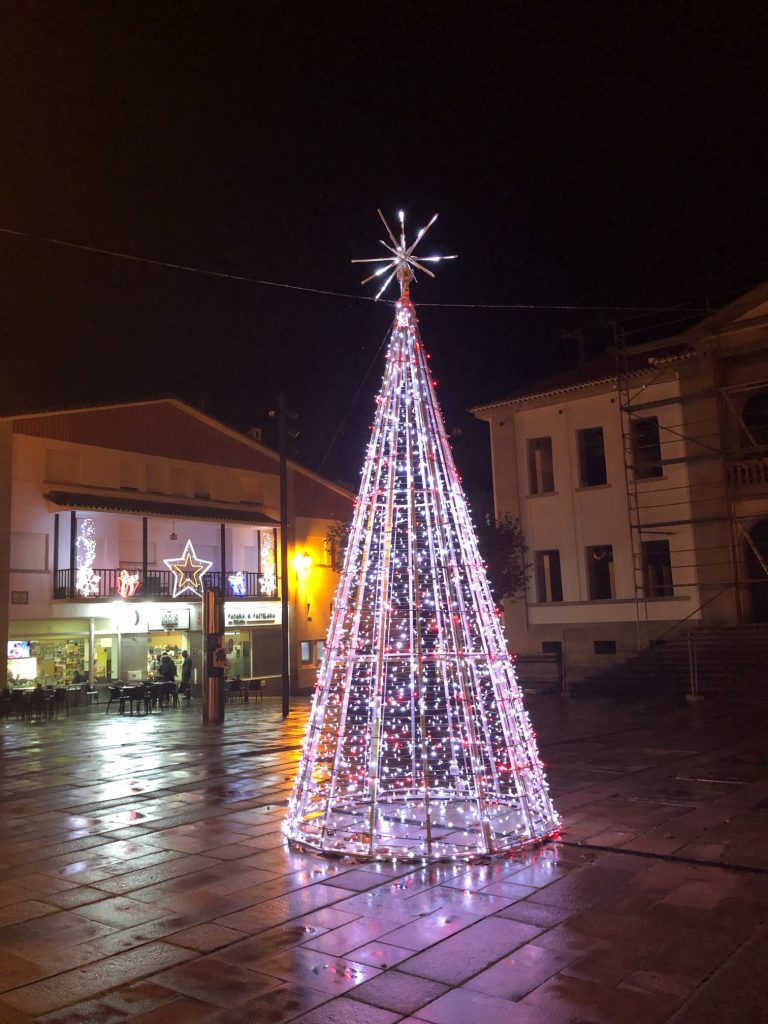





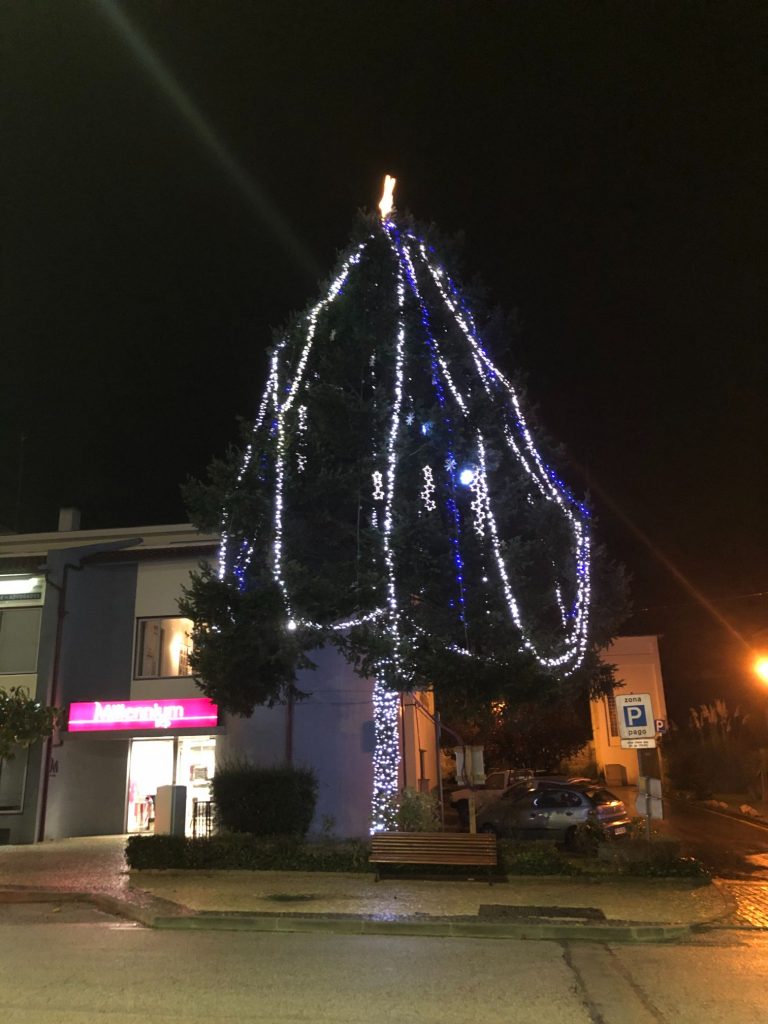





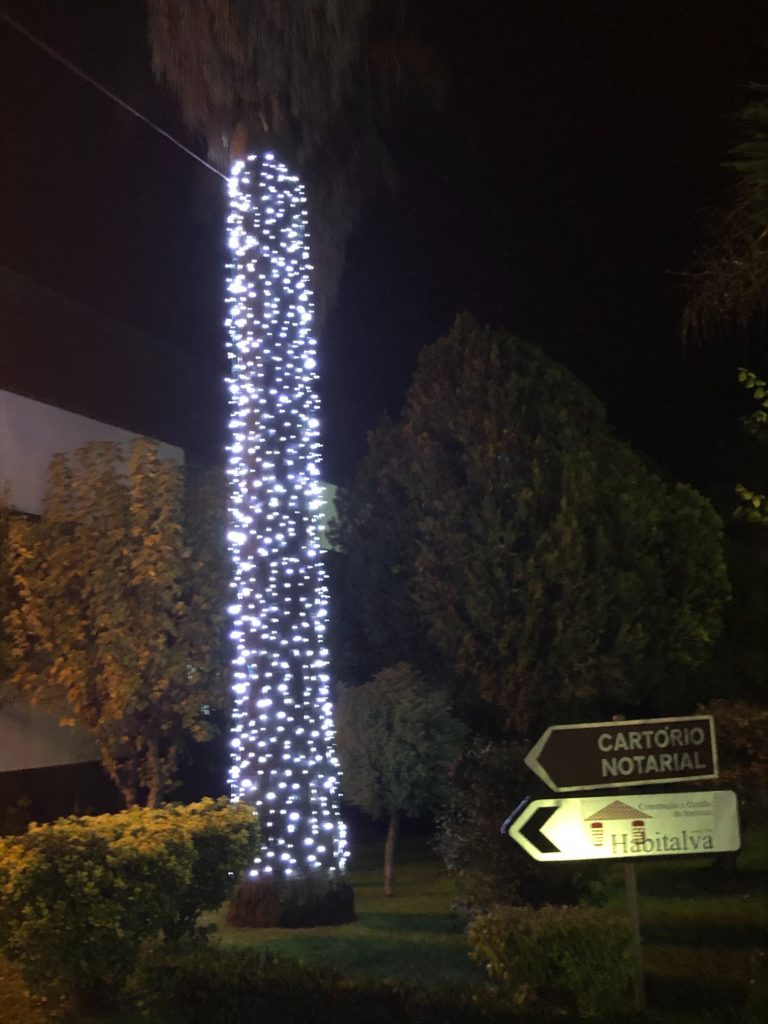


This one looks a little rude! 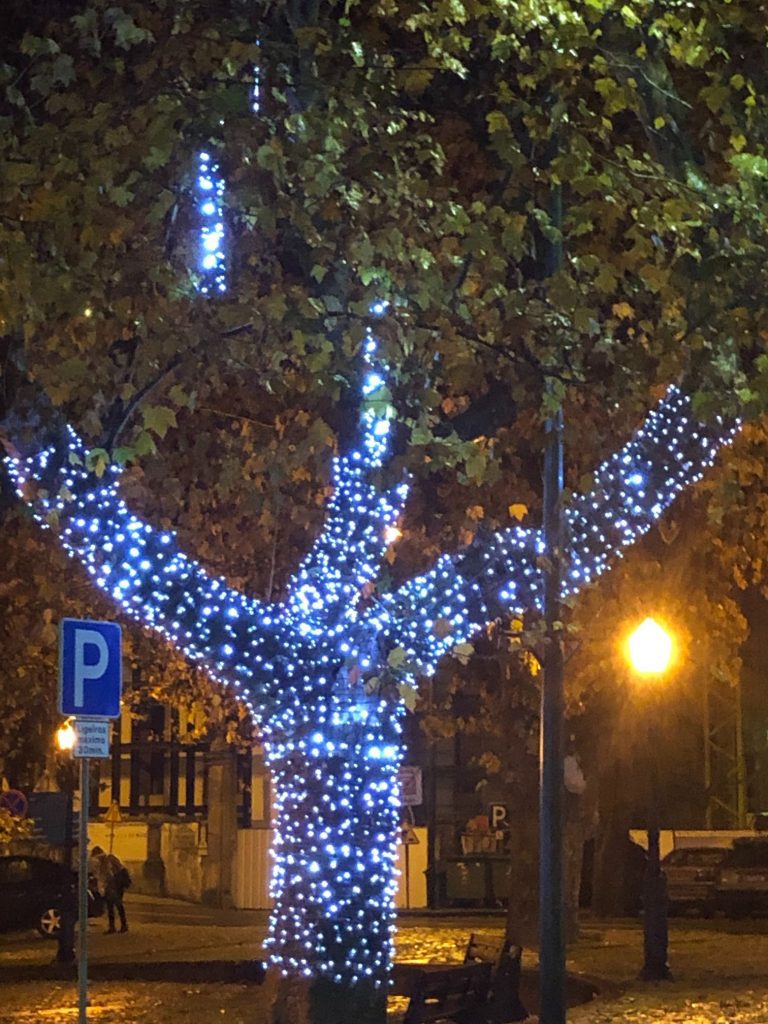


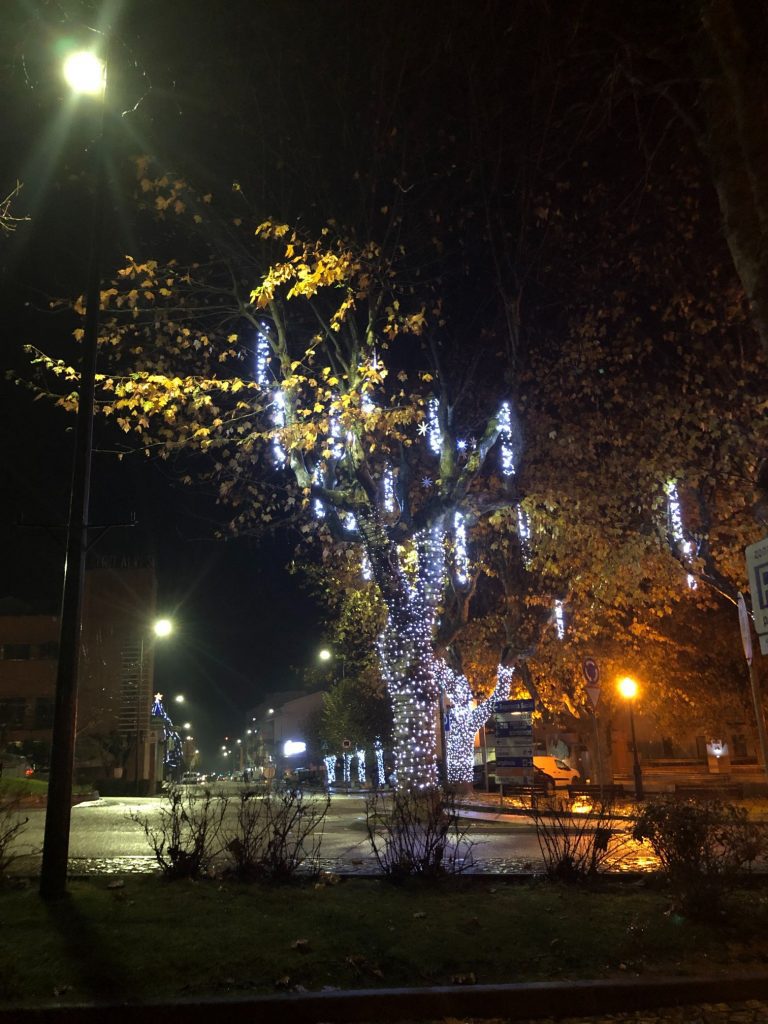


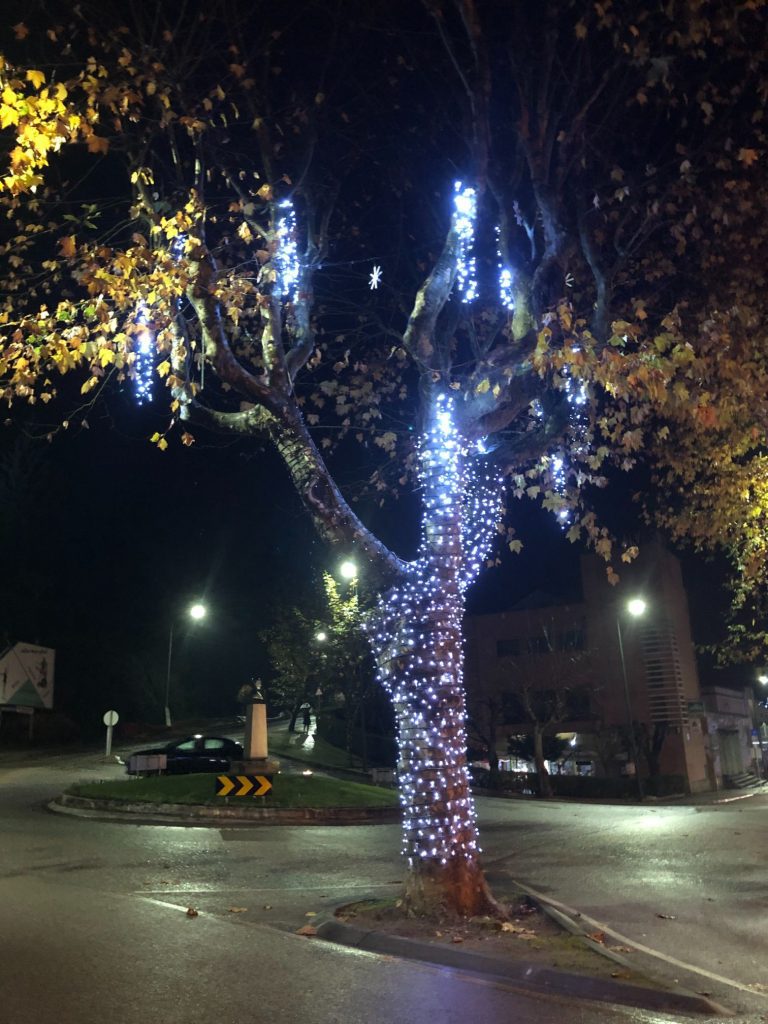











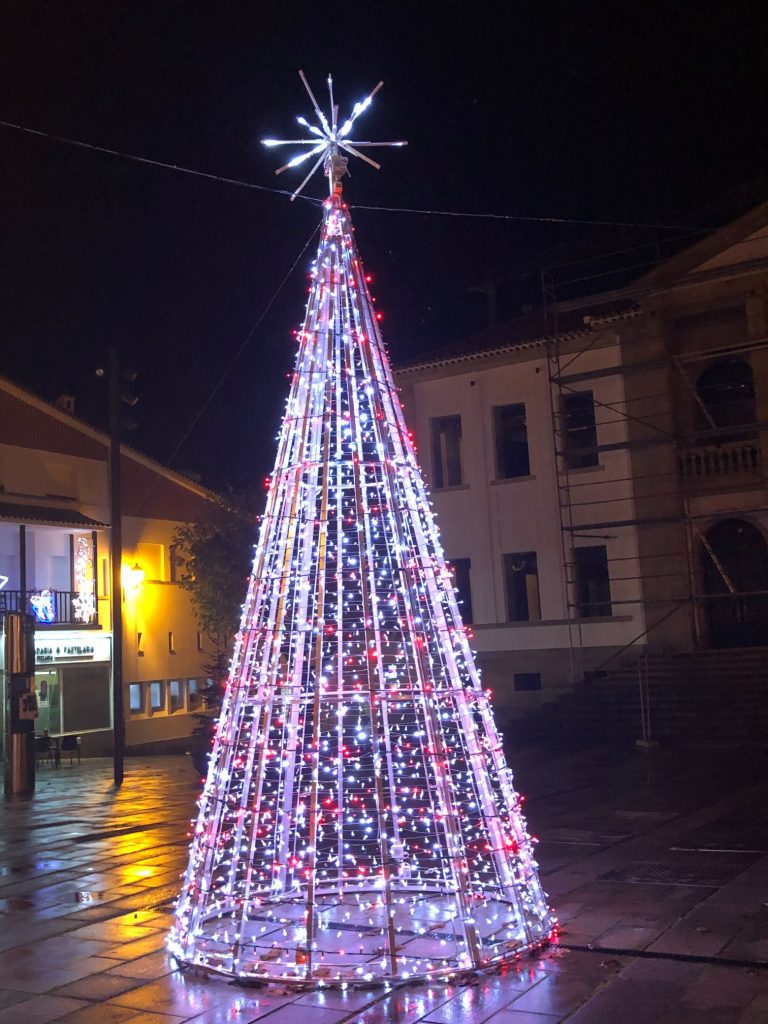


Coimbra forum shopping mall and Mondego retail park decorations
Christmas shopping in Coimbra. The mall was surprisingly empty and the only queue was for Primark. I only venture to the city about once a month. I prefer to stay in my little village and shop locally.
I know which tree I prefer (ha ha).
Some of the decorations for sell in Coimbra shops
I think Milo would have loved the huge white bunny but I’m not paying €100 for a fake bunny when I have a real one at home.
Gifts
People exchange offerings of sweets including marzipan sweets, dried fruits and nuts. If you visit a Christmas market there will be many handmade crafts available to purchase lovingly made by locals. I am not going overboard with presents this year as my children are adults and I don’t have a job. This year I ordered Oodie’s for the 4 of us. Oversized blanket hoodies from Australia, I can’t wait to wear mine on a cold evening. Milo has a new playhouse and some edible treats. I am wondering how long it will take for him to destroy it by eating it (ha ha). I will also fill a stocking each for my children with Portuguese edible delights.
I ordered hubby the plain grey one, Teanna the plain baby pink one, Josh the green German shepherd dog one and myself the lilac bunny one (obviously!). I was tempted to order the pizza one for me and hubby could have the garlic bread one (ha ha).
The Haloween candy cake was a big hit so I couldn’t resist buying a Christmas candy cake from Hussel.
I just have to wrap the presents now. This Portuguese liquor should get me though the present wrapping process (ha ha).
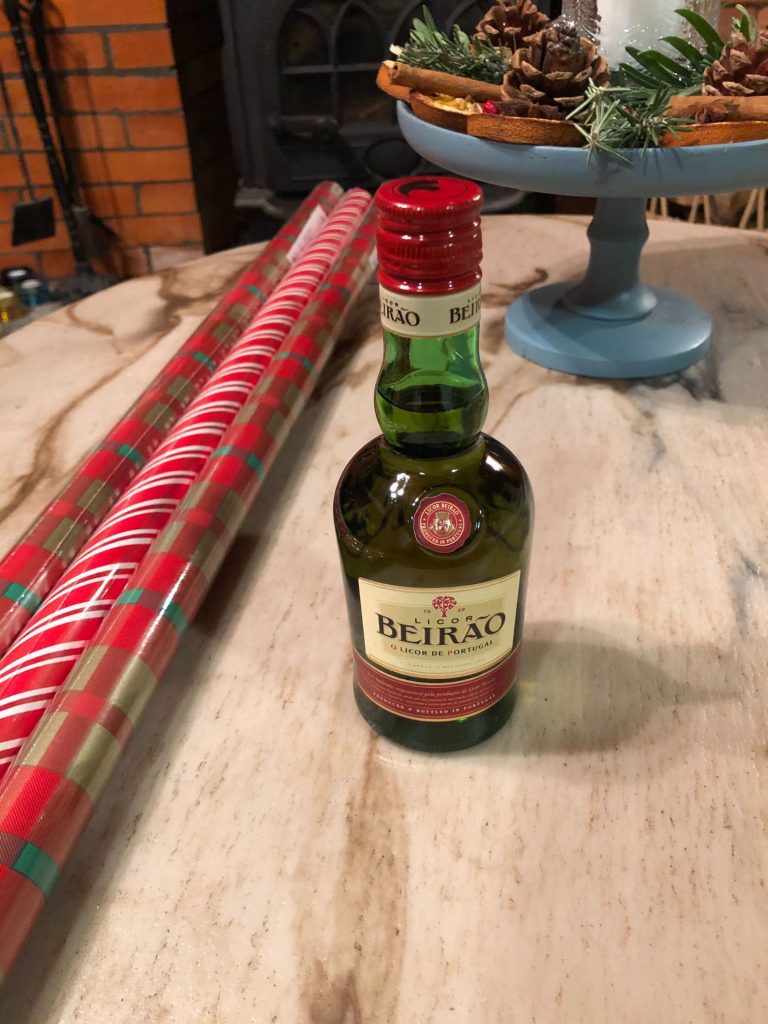


Janeiras (January) songs – the equivalent of carol singing
During January until the 6th January, groups of people will gather in the streets and sometimes from house to house with an image of the baby Jesus in his manger singing the ‘Janeiras’ songs (January songs) and playing musical instruments. Songs to the Kings, to Janus and to the year to come. The singers are traditionally rewarded with chestnuts, apples, leftover Christmas cake and cured sausages. These days, chocolates and money are often offered too.
Celebrating a British Christmas in Portugal
I am super excited about spending my first Christmas Day in Portugal. If you want to celebrate a British Portugal in Central Portugal you may struggle to source some items such as brussel sprouts, parsnips and mincemeat for mince pies. I was thinking of making my own mincemeat as it’s our family tradition to have mince pies on Christmas eve in my household. Then hubby found these mince pies in a little local shop in Côja and they only cost €2.95 per pack – result!
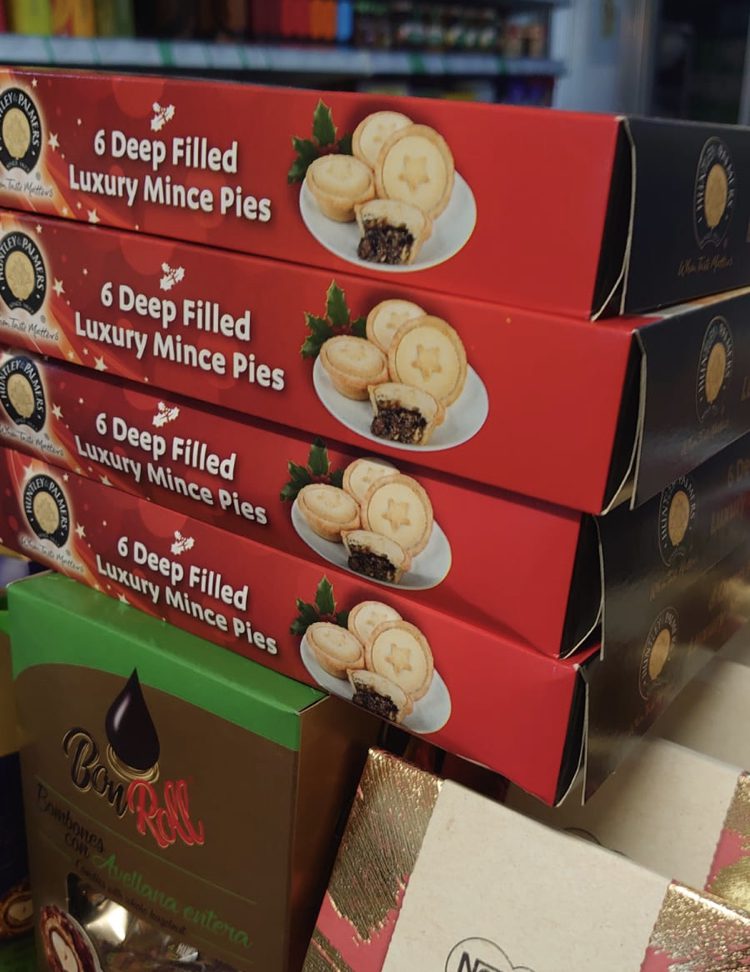


Most of the supermarkets have a British aisle which will have Christmas delights or you could place an online order with one of the British companies such as British Corner Shop. If you live in the Algarve they even have an Iceland and Tesco which will sell British foods. Personally I am quite looking forward to a Portuguese Christmas Day lunch. I have eaten dried turkey every Christmas Day for over 40 years and I’m relishing a change. I’m not a huge fan of seafood so I have a Portuguese lamb dish planned. I asked my Portugal Facebook friends for a traditional Portuguese lamb recipe and I got trolled! Someone called ‘Dawn’ said I may as well go and roast a puppy! I am not vegan or vegetarian but clearly Dawn is (ha ha). I wrote dawn an epic response which was unfortunately deleted by admin, not sure why as I didn’t even use any swear words (ha ha). I adore dogs and won’t be eating a dog or puppy anytime soon so you can rest in peace now. I am also going to buy a selection of Portuguese desserts as I am not paying €10 for a Christmas pudding.
Ano Novo (New Year) celebrations and traditions
Pre Covid New Years Eve would be celebrated by many restaurants offering packages with music, drinks including champagne and sparkling wine, dancing and fireworks. Bigger cities have firework displays and D.J’s in the street and parks. People would gather to say goodbye to the old year and welcome the new year. Fireworks are popular and the skies are lit up with multiple striking colours and loud bangs which are supposed to be a repellent for bad spirits. In many areas of the country, on the 1st January, lots of very brave men and women take a dive in the cold sea. Apparently, it is a way to attract even more good luck for the new year. I won’t be joining them (ha ha).
The Portuguese tradition for New Year is to eat 12 raisins, one representing each month, and make a wish when you eat each one. Another tradition is linked to the colour of underwear you wear.
- Red for love and passion
- Yellow for good fortune and prosperity
- Blue for good health
- White for peace and happiness
- Black brings bad luck
- Brown means you have shit your pants – just kidding, ignore me!
This is not a good tradition for me as I own 10 pairs of black knickers, so I’m basically doomed (ha ha). It’s a good job that I am not that superstitious. I say, we make our own luck in this world. I’m also wondering what luck I may bring my way on the odd day I go commando as I have forgotten to put a load of washing in the machine (ha ha).
Dia de Reis (Day of Kings) – Day of Epiphany
Dia de Reis known as the day of the Epiphany is on the 12th day of Christmas. This date marks the end of the festivities. Christmas trees are taken down, nativity scenes are packed away and Christmas decorations disappear until next year. In some regions children put out their shoes, with carrots and straw to attract the camels/horses of the Three Wise Men hoping that the shoes will be filled with gifts of candied fruit and sweet breads in the morning. I’m not putting my shoes outside with any carrots and straw in as I have a feeling a wild boar might snaffle them and I don’t actually own many shoes (ha ha). Bolo Rei (King Cake) is a particular favourite of the Portuguese during Christmas and is traditionally eaten on January 6th, day of Epiphany. The date when the three kings arrived in Jerusalem to greet the newborn baby Jesus. The legend is that the three kings were disputing which one of them would be the first to give their gift to Jesus.
Upon their travels they met a baker who baked a cake with a bean inside it. Whichever one of them got the slice of cake with the bean would give their gift first. Through the years coins and trinkets were added to the cake instead of the bean which would bring good luck upon the bearer. This was reverted back to the broad bean due to health and safety reasons (choking hazard). Whoever gets the slice of cake with the bean inside has to buy the “Bolo Rei” (King Cake) the following year. Now I must admit that I have consumed many slices of King Cake as we were in Portugal for December 2019 as we were purchasing our house. Not once did I find a broad bean inside so I’m a little confused but to be honest, it’s likely I ate the bean as I’m a greedy little piglet, well not so little anymore (ha ha). I don’t actually think that there will be much Bolo Rei left in our house by the 6th of January. We are lucky if a cake lasts 2 days! You can’t blame us, they are delicious.



Castanhas Assadas (Roasted chestnuts) & Vinho quente (Hot Wine – Mulled Wine)
One of my favourite personal Christmas traditions here in Portugal is to purchase a dozen Castanhas Assadas (roasted chestnuts) from a street vendor. You can also buy them at every store and home roast your own on an open fire. I love to do this on our log fire along with marshmallows but you need to be careful not to burn your arm hair as the smell of charred body hair is not quite the same as the aroma of mulled wine, chestnuts, and marshmallows and definitely does not set a tranquil Christmassy atmosphere (ha ha). You can sprinkle the roasted chestnuts with sugar and cinnamon which is delicious. I also like to make my own mulled wine. Don’t forget to score your chestnuts with a criss cross otherwise they explode in the heat, we learnt the hard way!
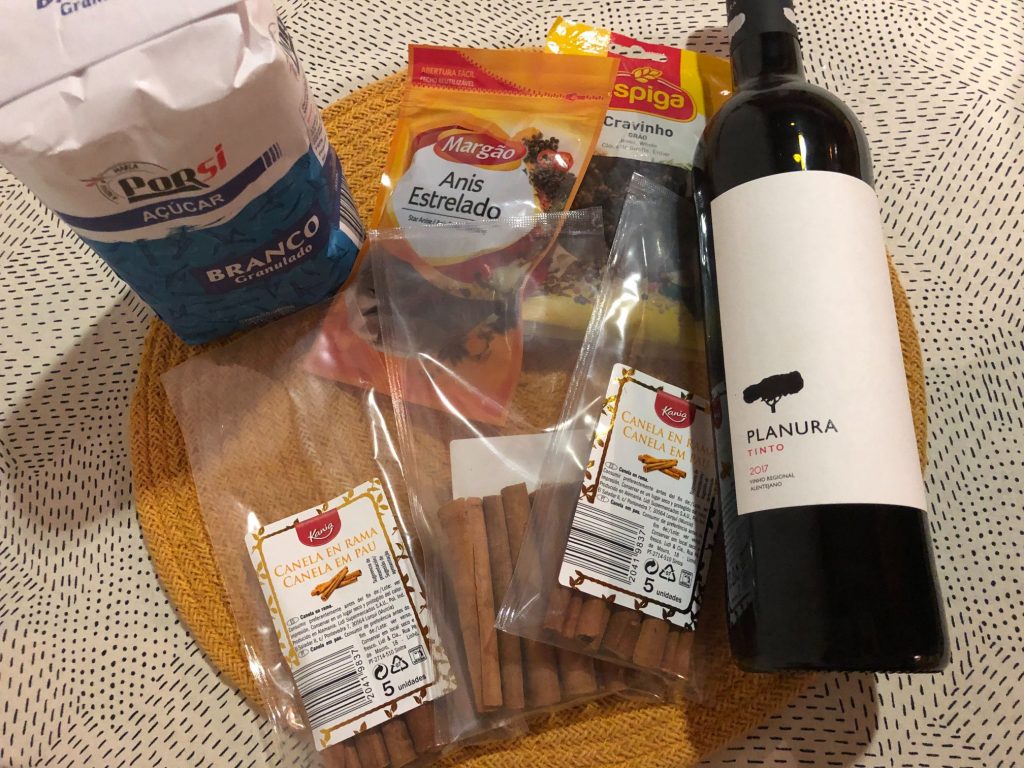


Kitted out for Christmas
We are fully kitted out for Christmas now. Hubby bought me a fleeced lined woolly bobble hat from Rotunda in Arganil. I love Rotunda as it sells everything you could possibly want for your home including clothing. Some things are a bit cheaply made but others are actually pretty sturdy and last a long time. People often call these shops “Chinese Shops” which I find mildly racist as I don’t think all the shop owners are Chinese. Maybe because it’s the fact that most of the goods are made in China, who knows. You can buy such a wide range of goods. The clothing is a bit old fashioned for my liking but they have some nice hats and jumpers. I hate the hassle of a long drive to a shopping mall and I said to hubby “I wonder how long it will be until I start buying all my clothes from Rotunda” (ha ha). They even sell tabards! Not sure I’m ready for the elasticated skirts just yet but I love my bobble hat.
The lounge bar
I think we will be frequenting our bar very often over the Christmas and New Year period. Our old retro bar in the corner of the lounge has become quite the hot spot and place to visit on a cold Winter’s evening. Next week we will fully stock it for Christmas. My son Josh likes a drink or two (dozen) so this is a priority on my to do list.
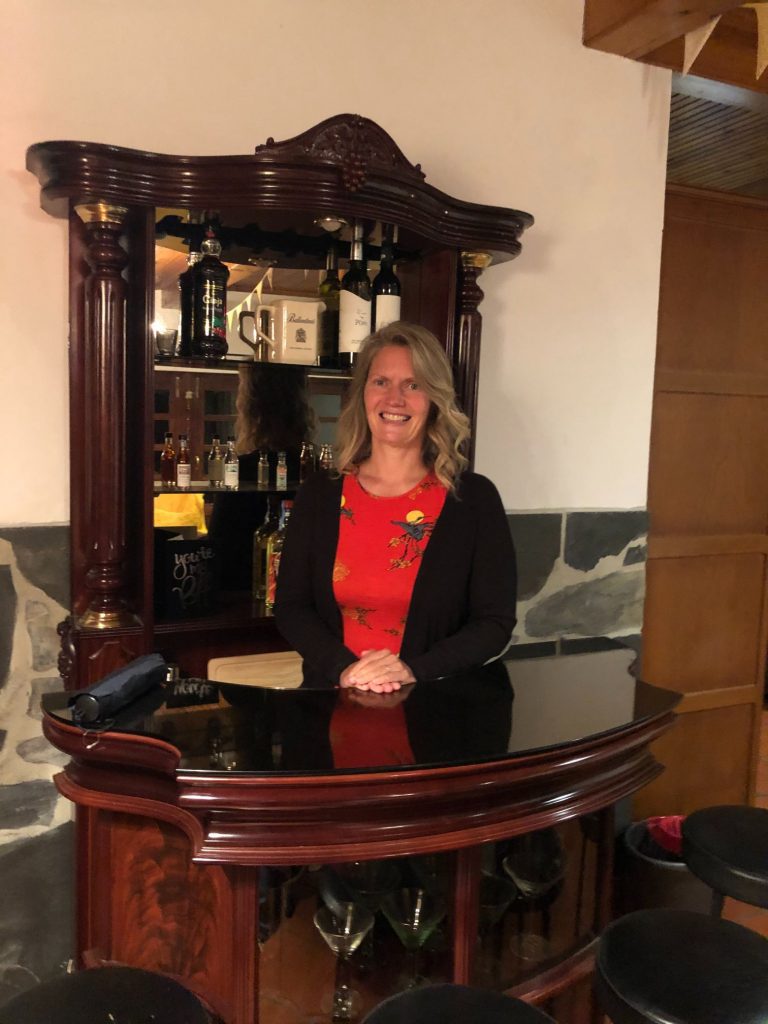


Boas Festas! (Happy Holidays!)
Feliz Natal e Bom Ano Novo! (Merry Christmas and Happy New Year!)
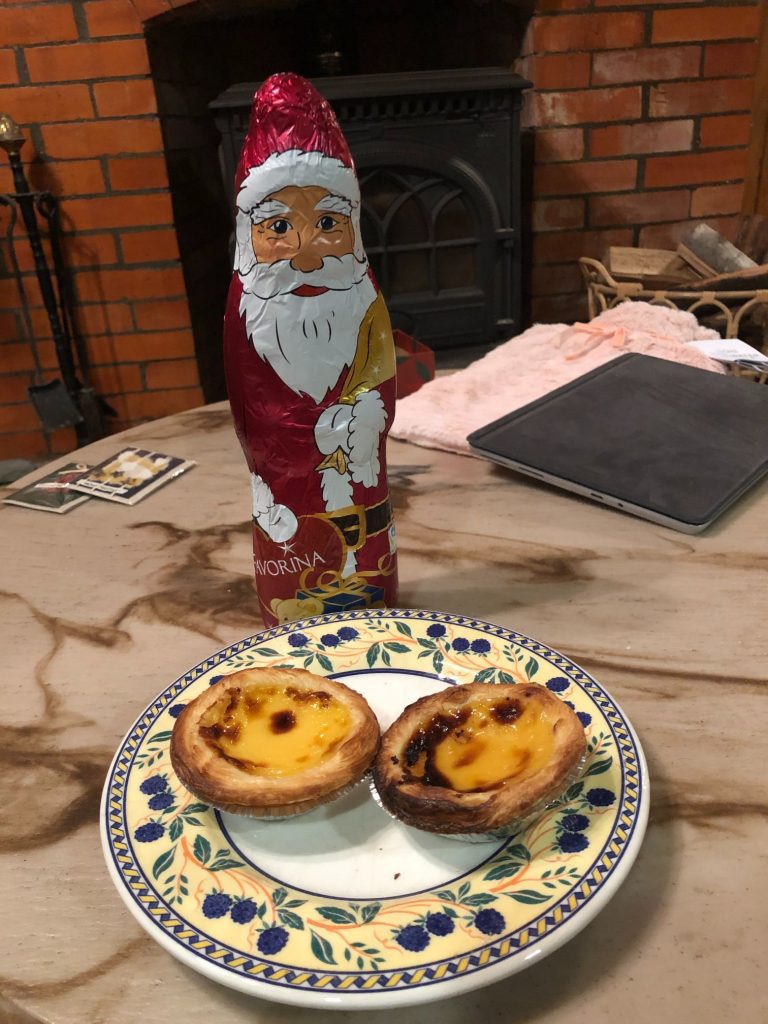





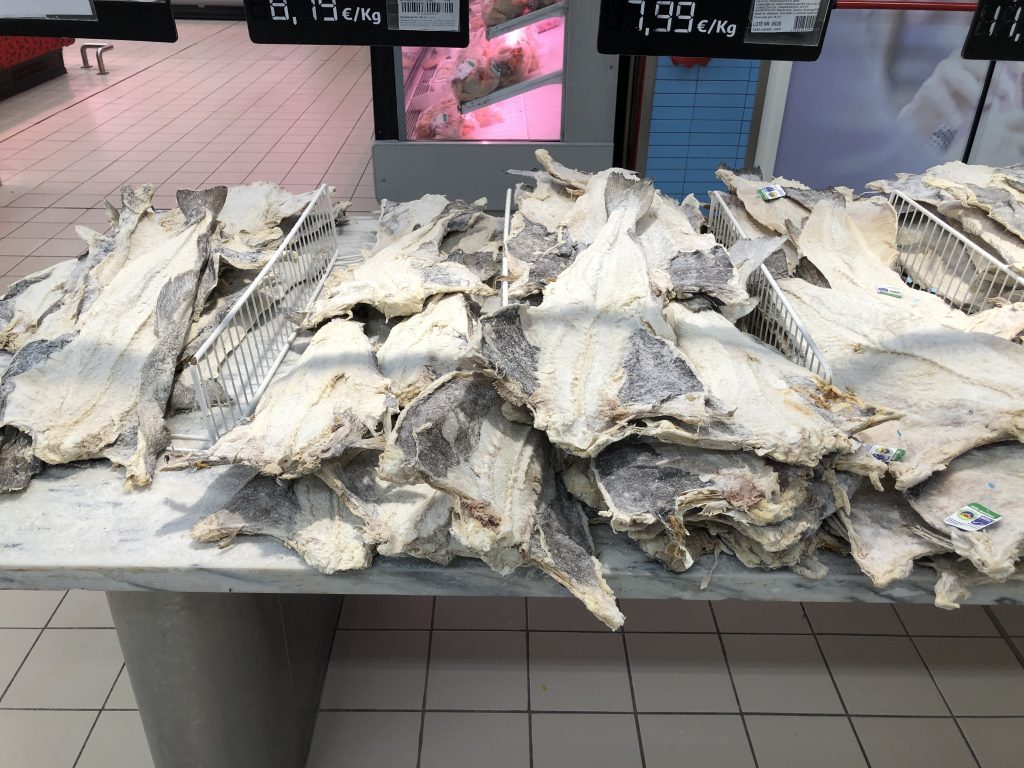


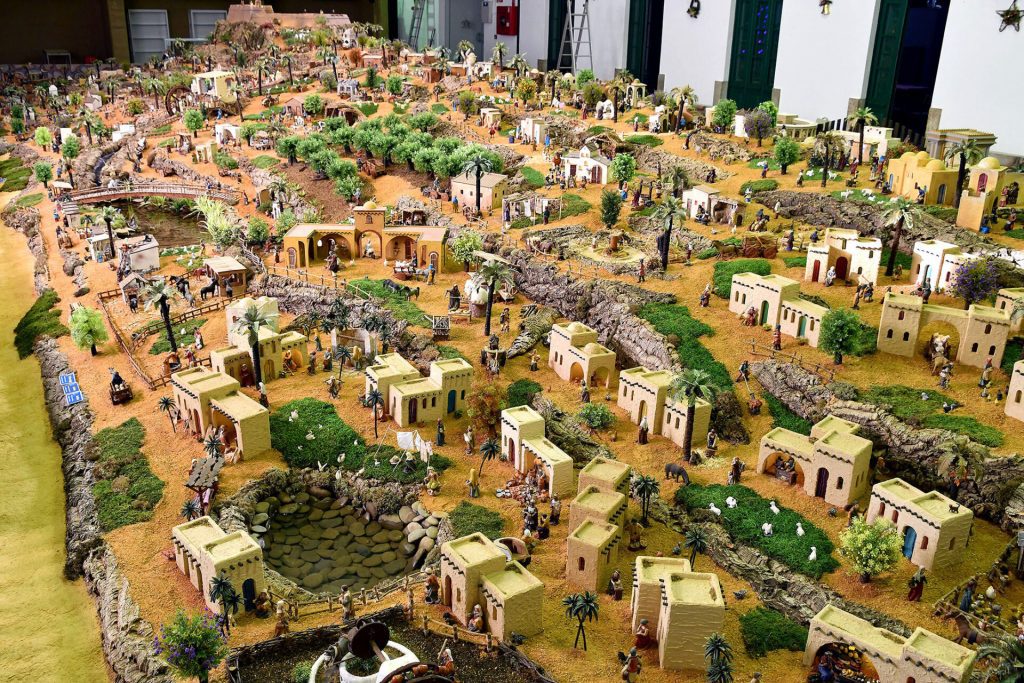
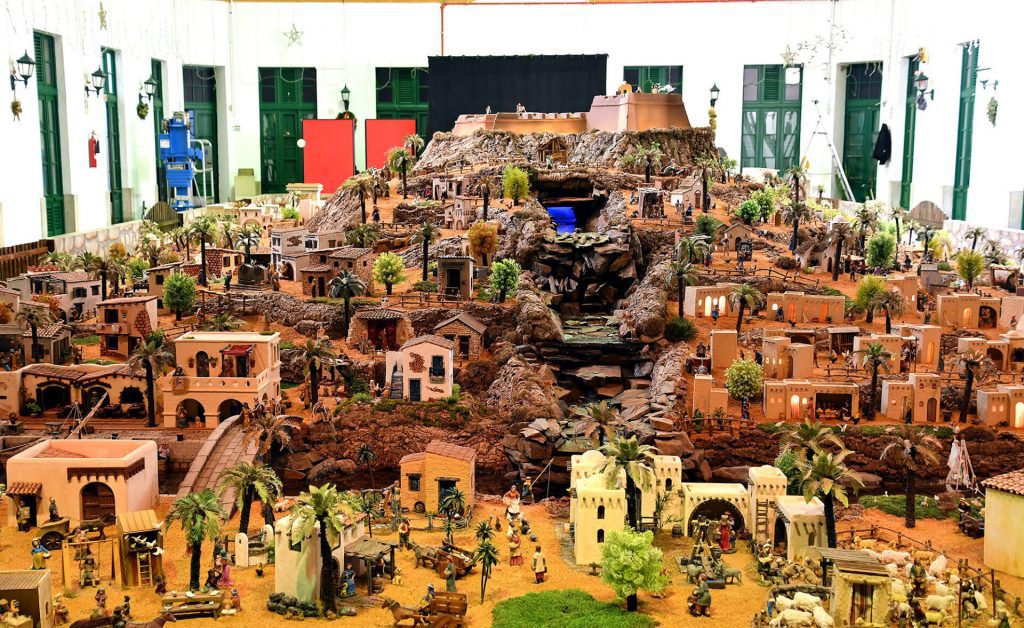
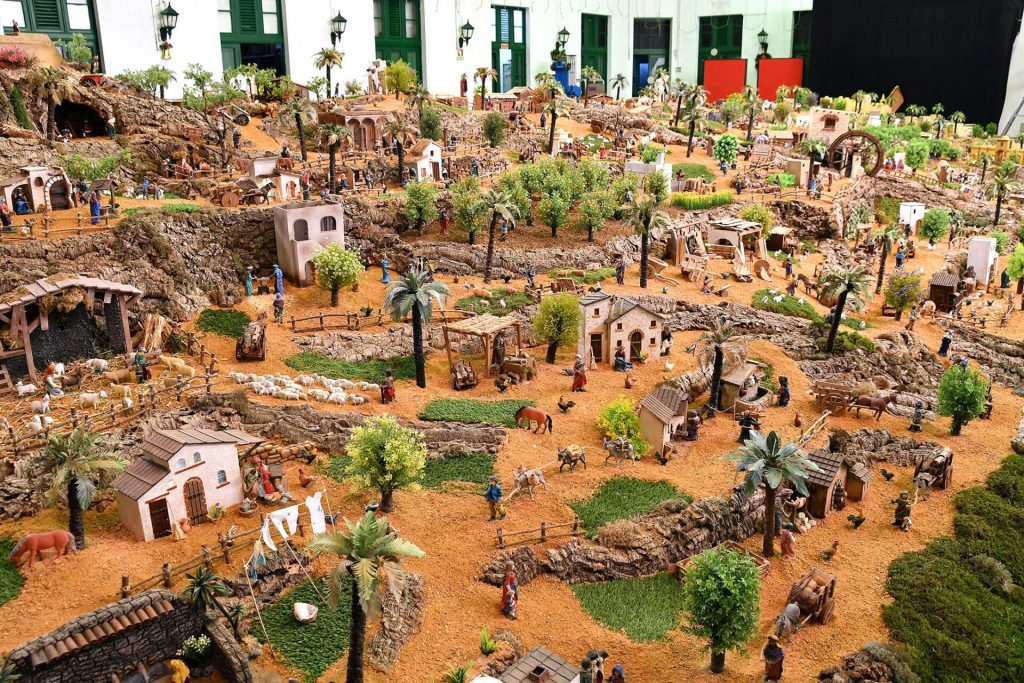


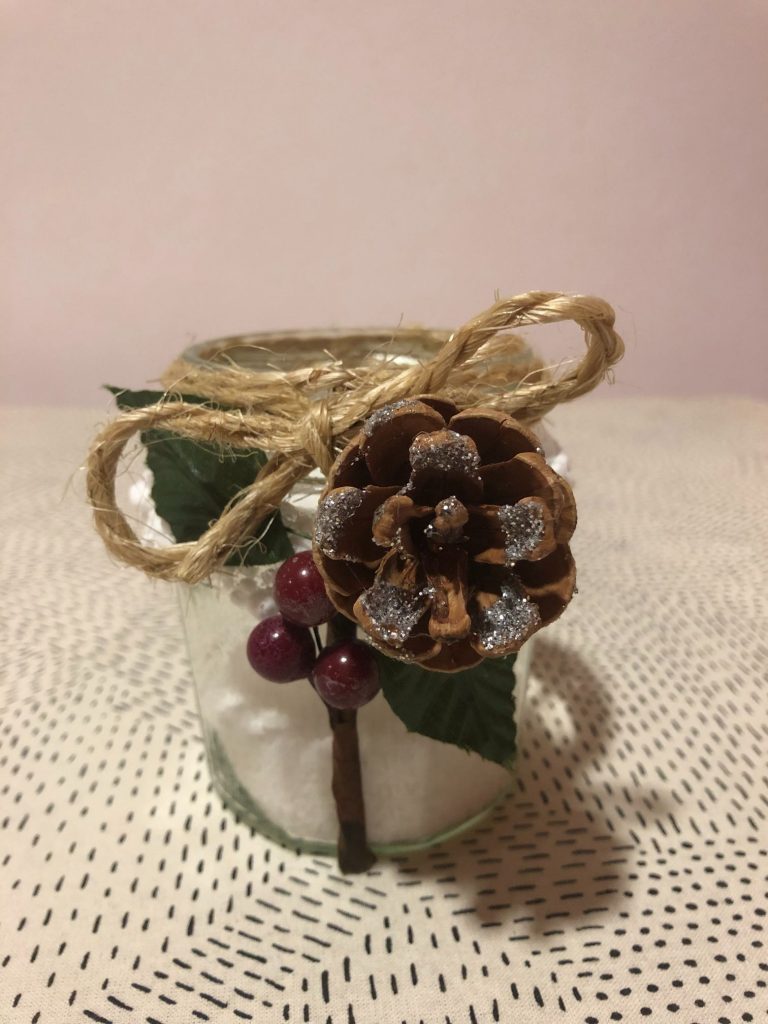
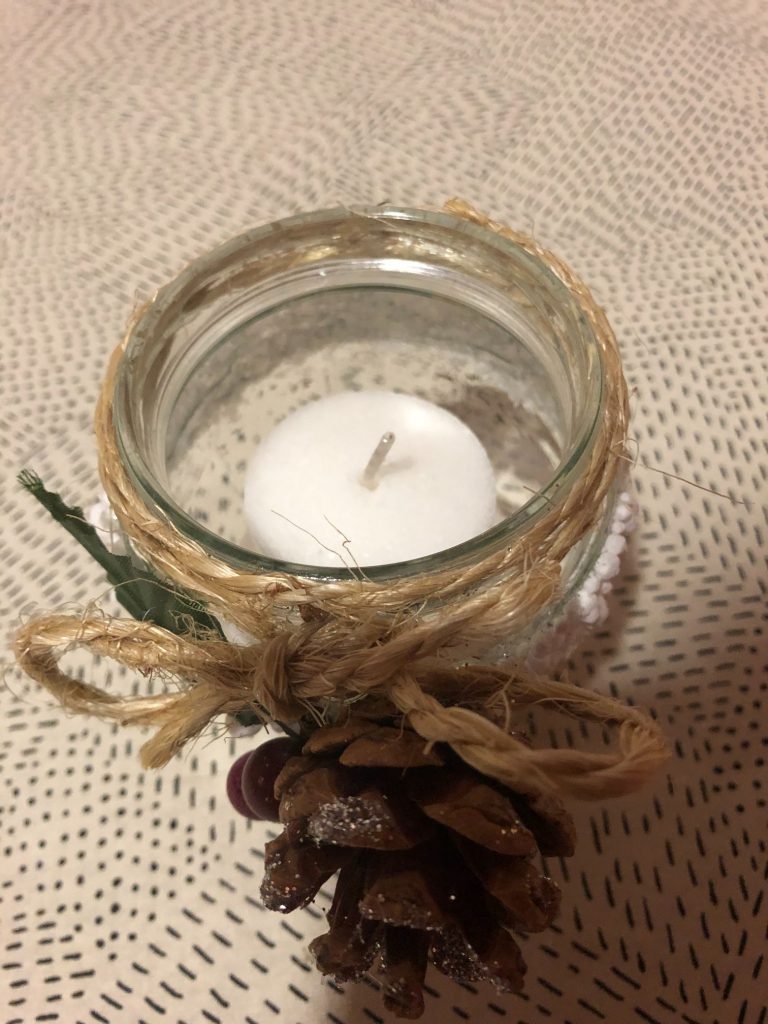
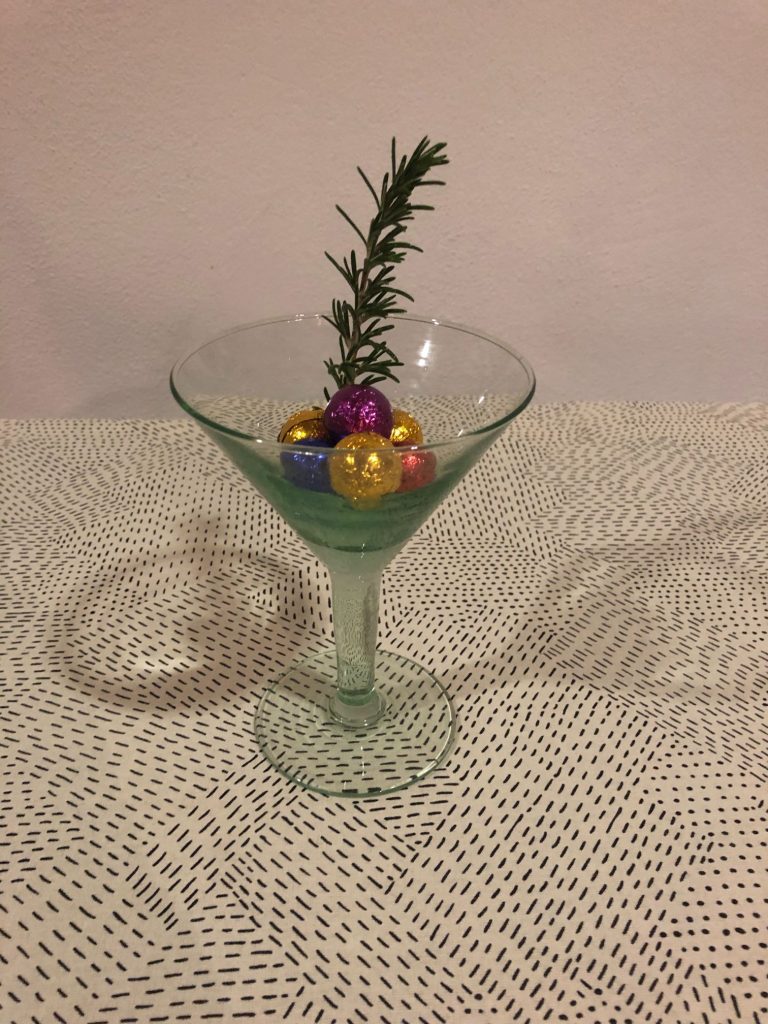

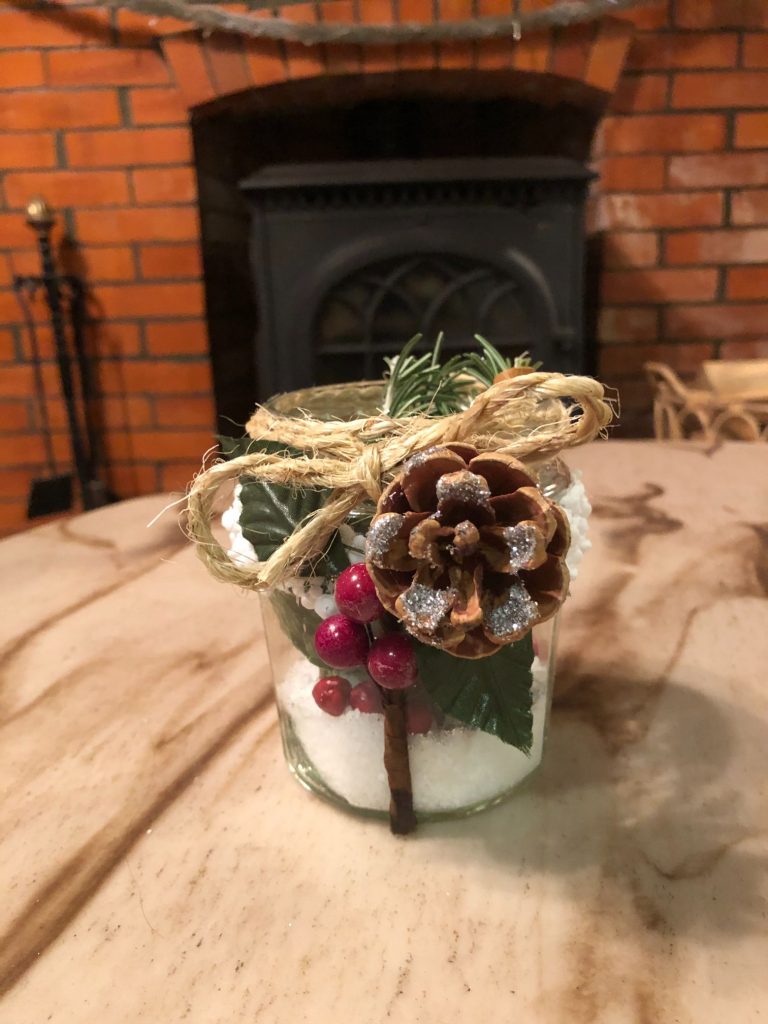
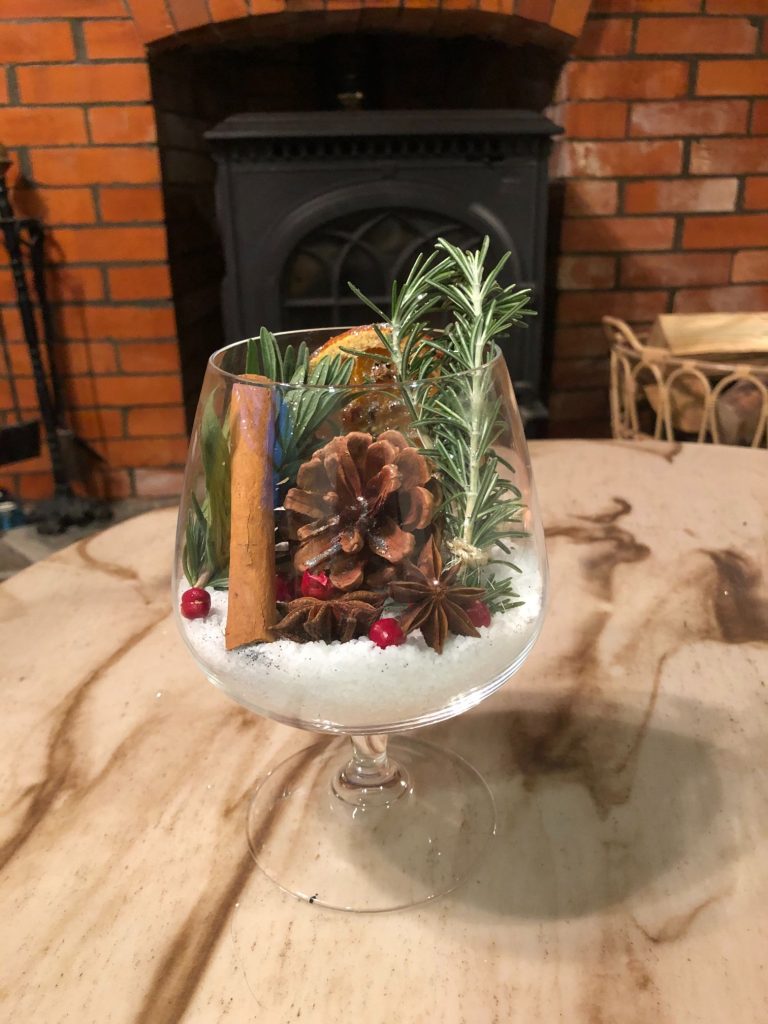
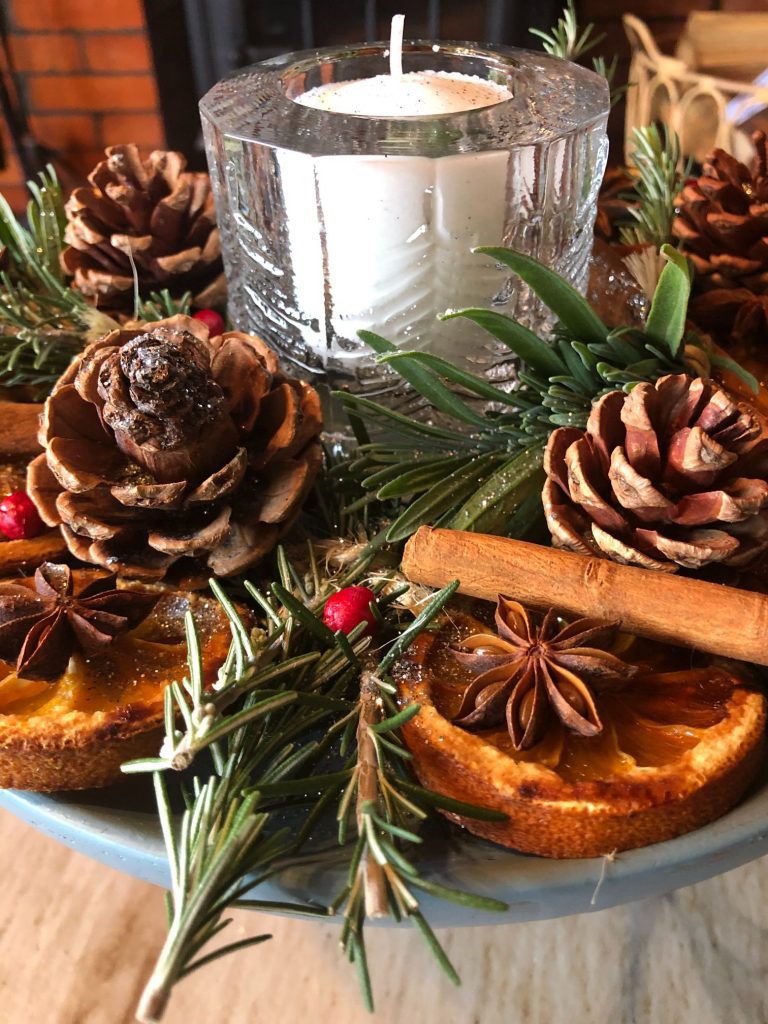
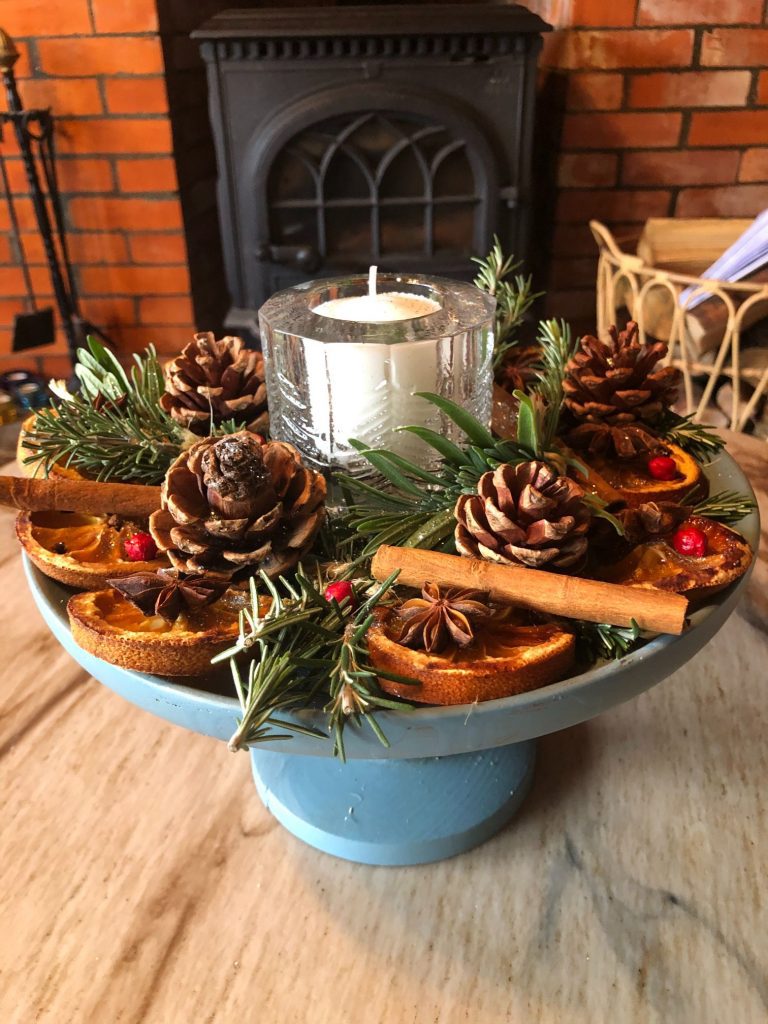
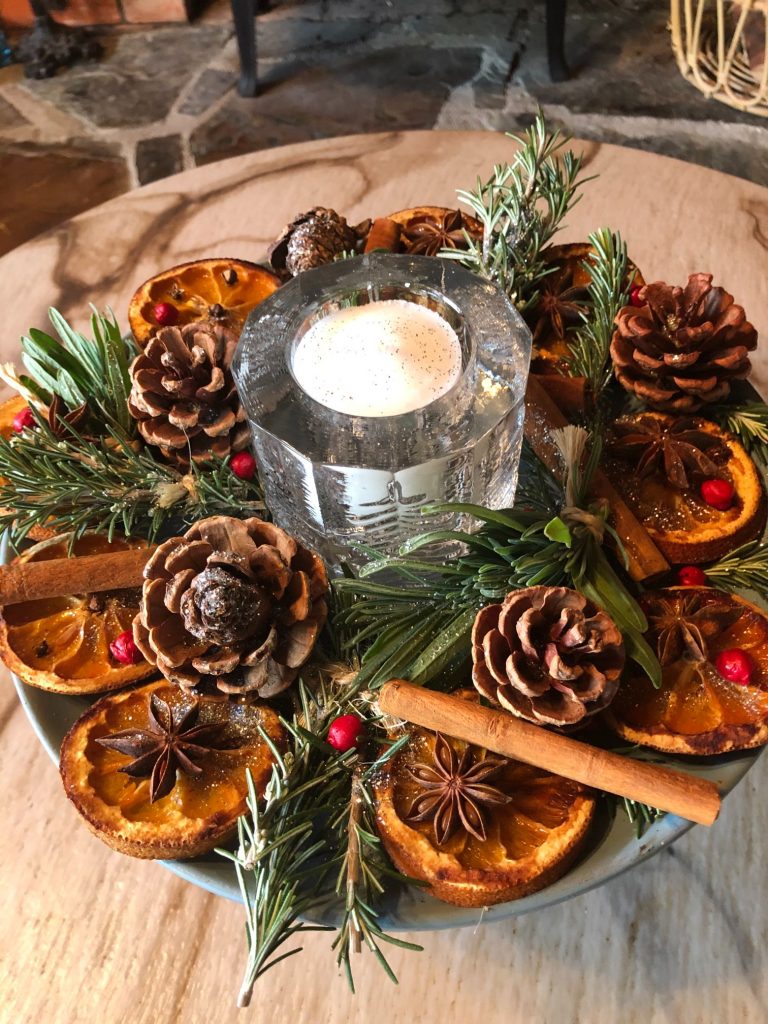

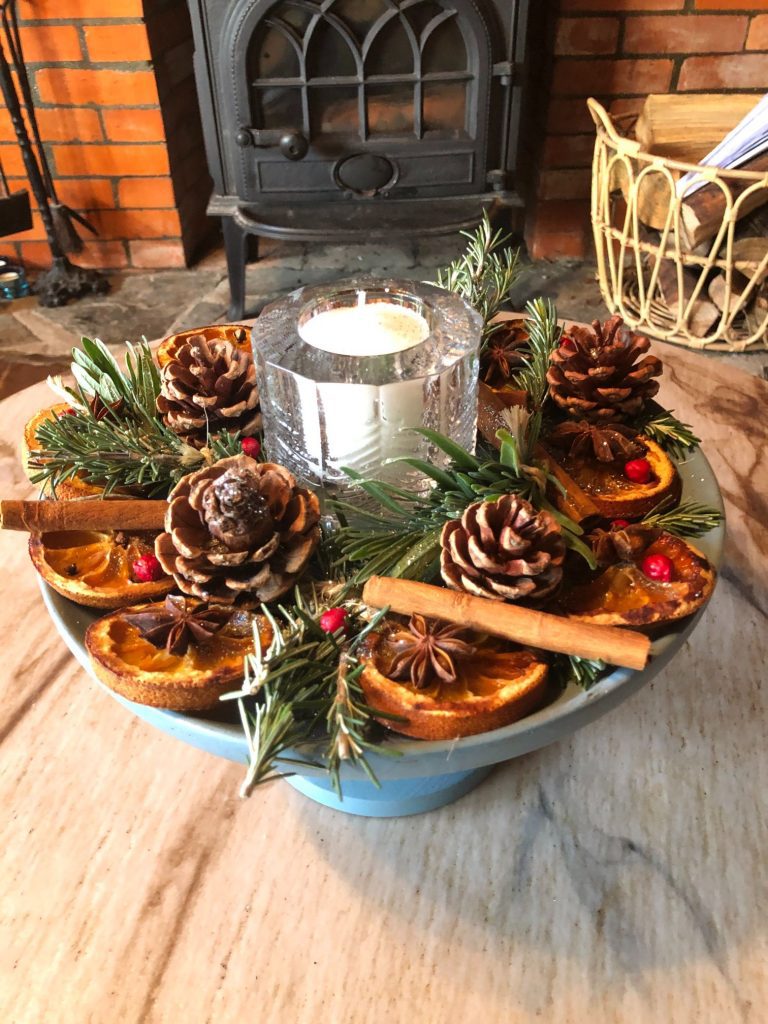
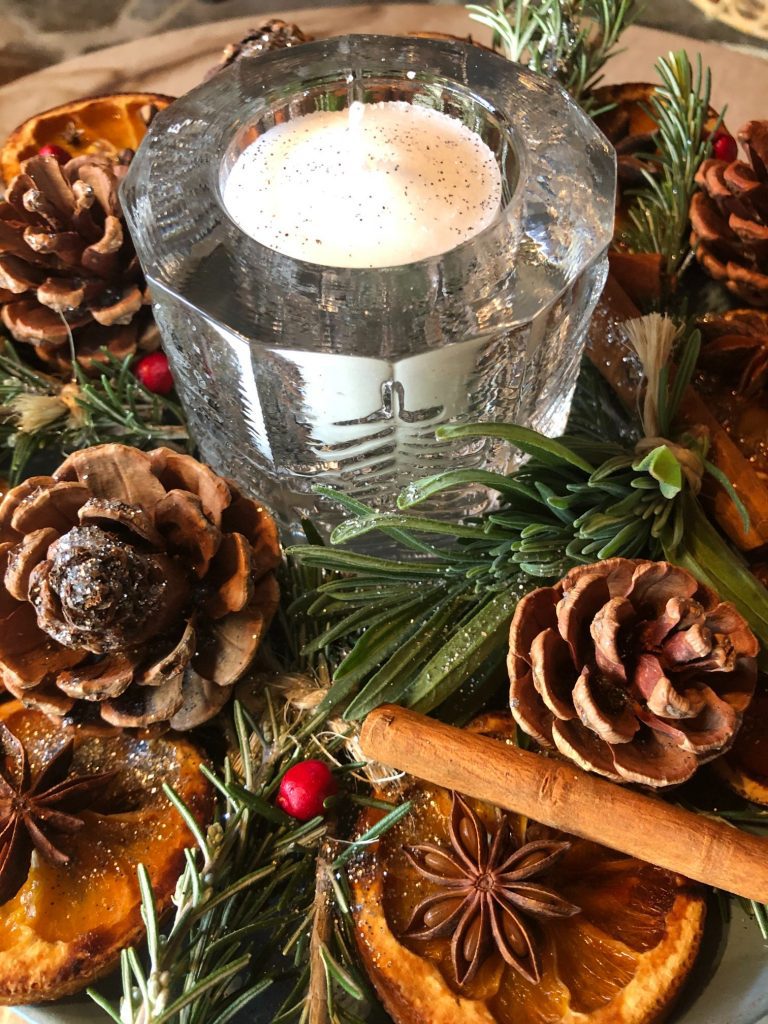
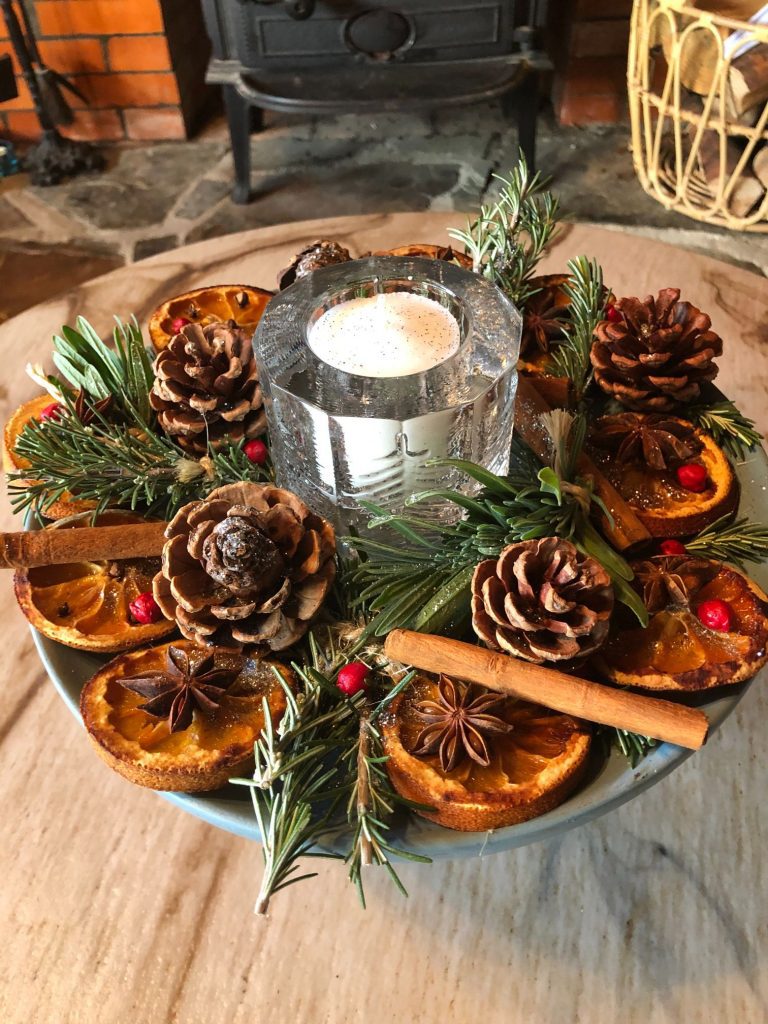
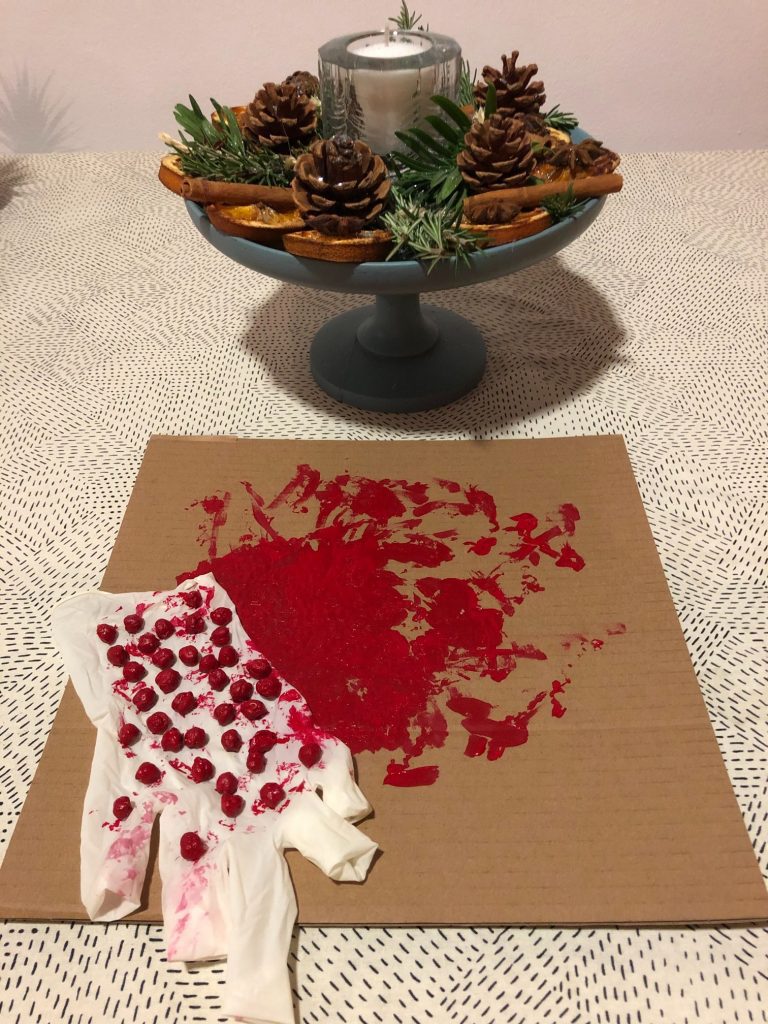
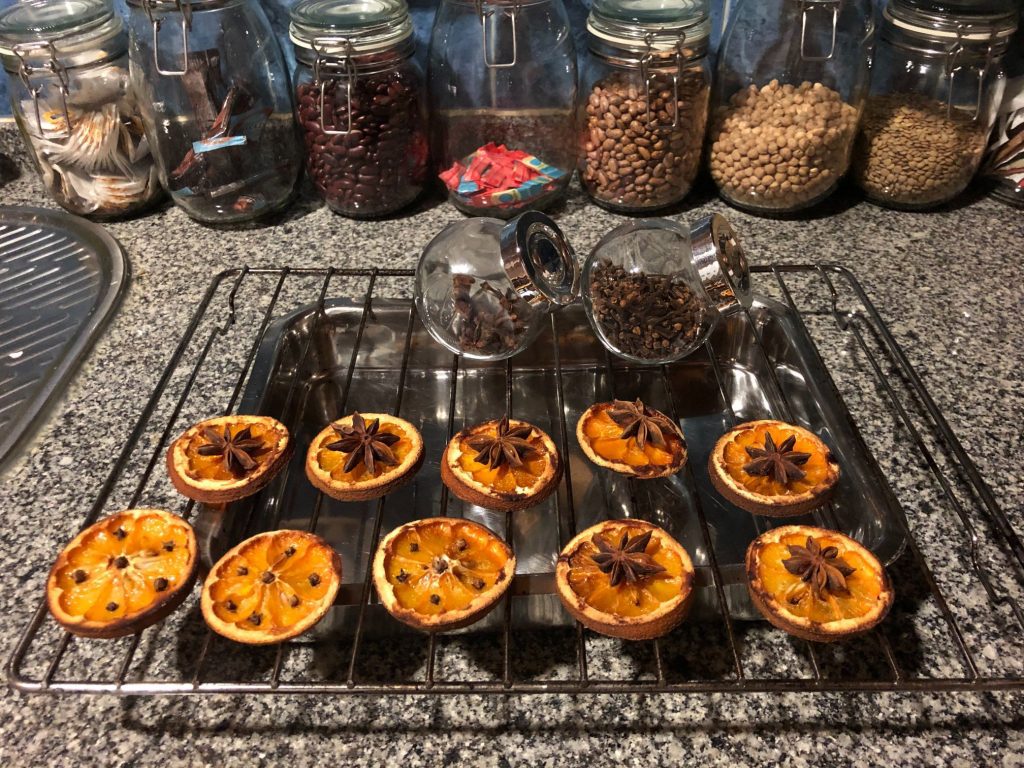
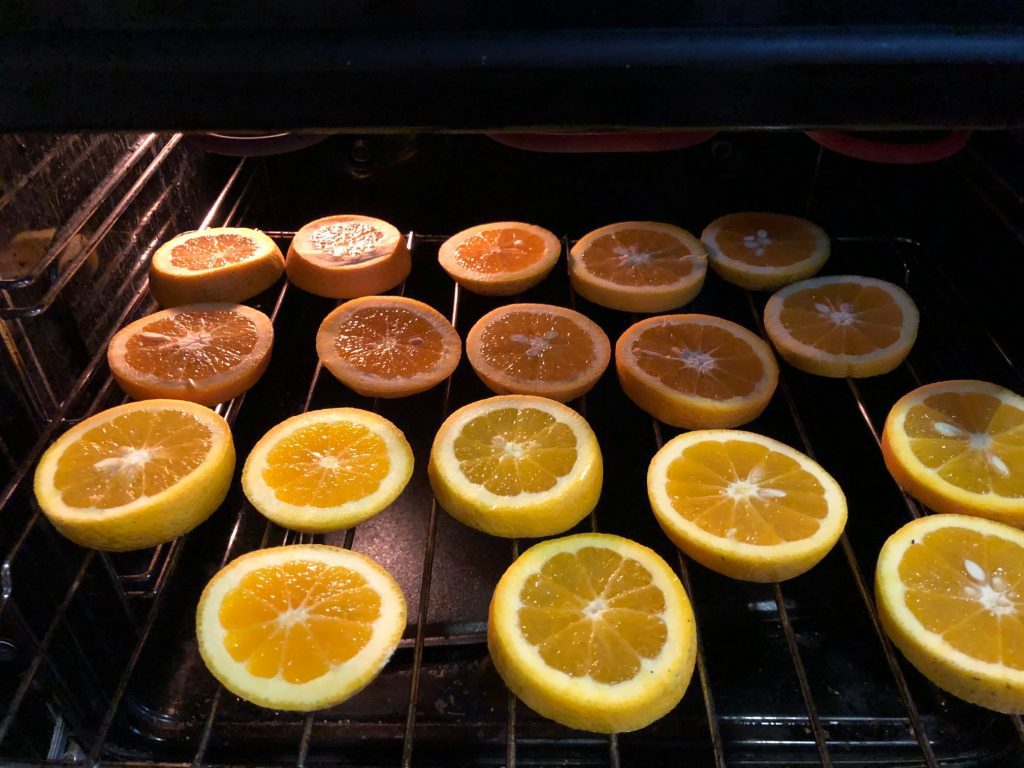
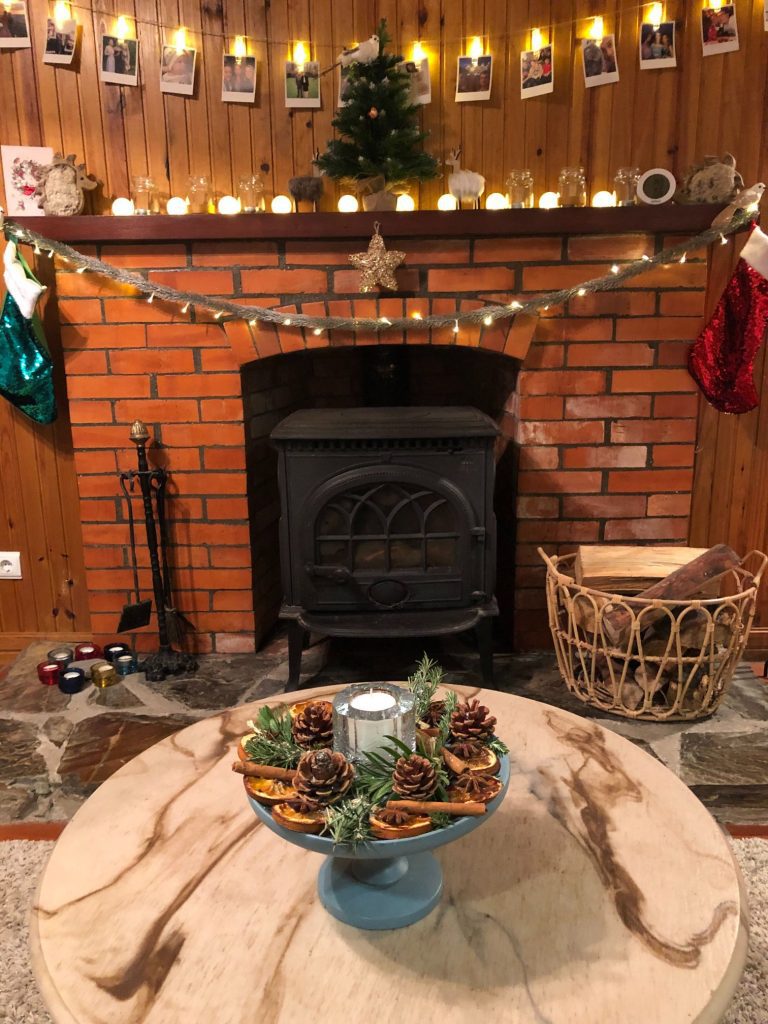
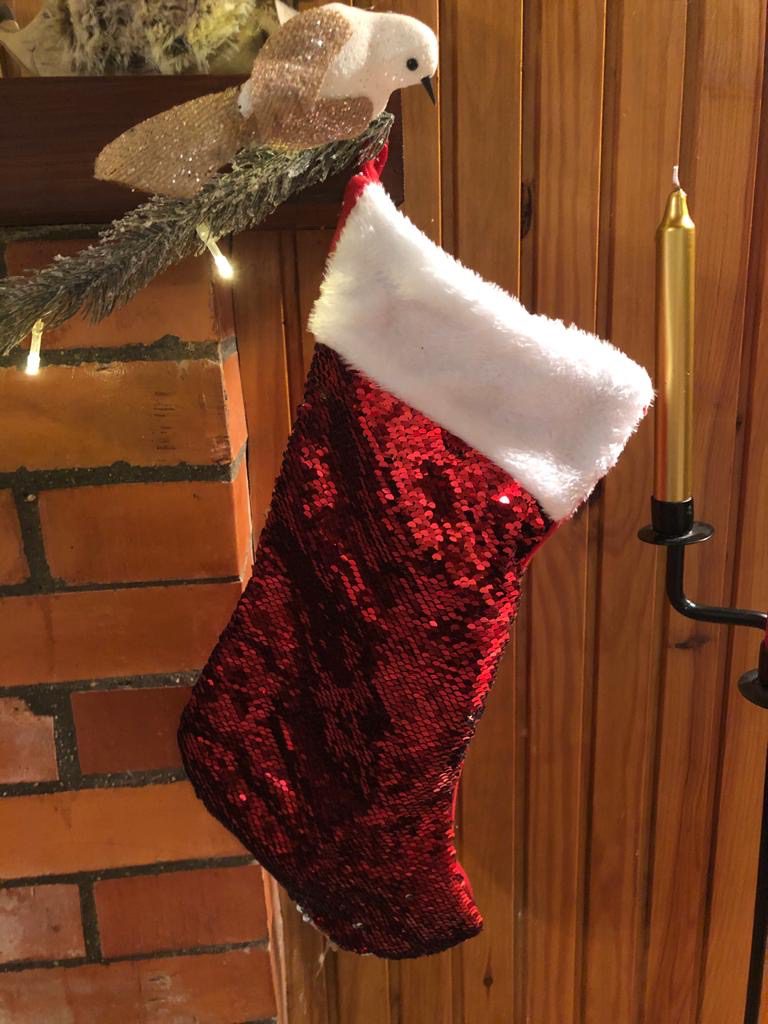
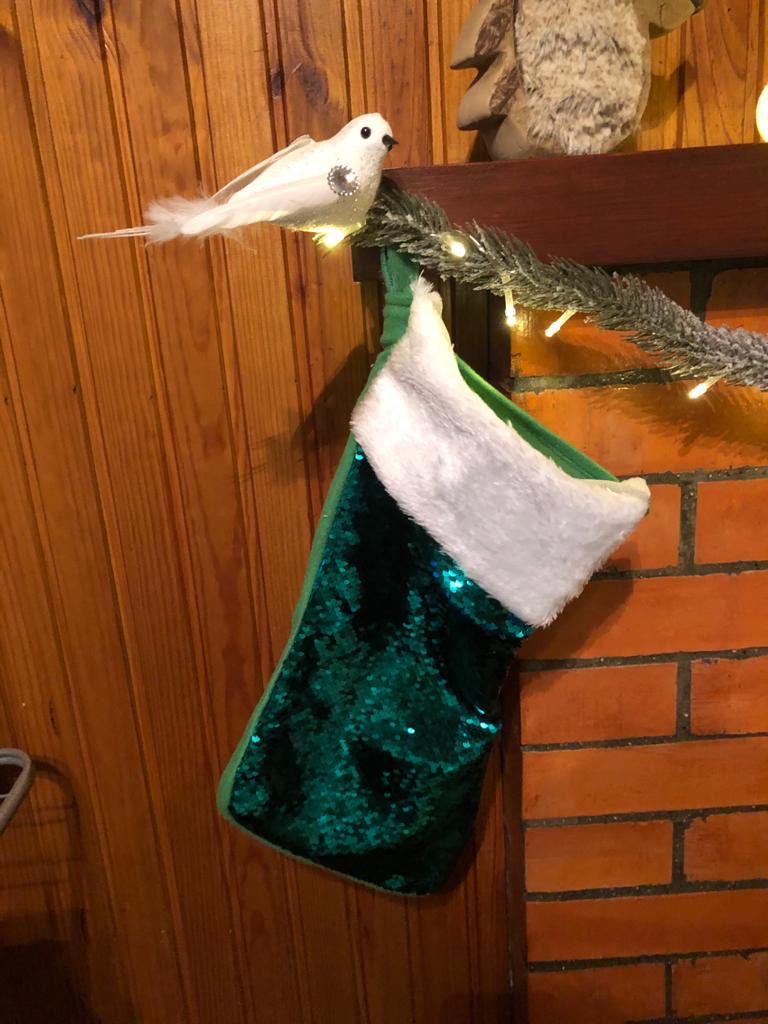
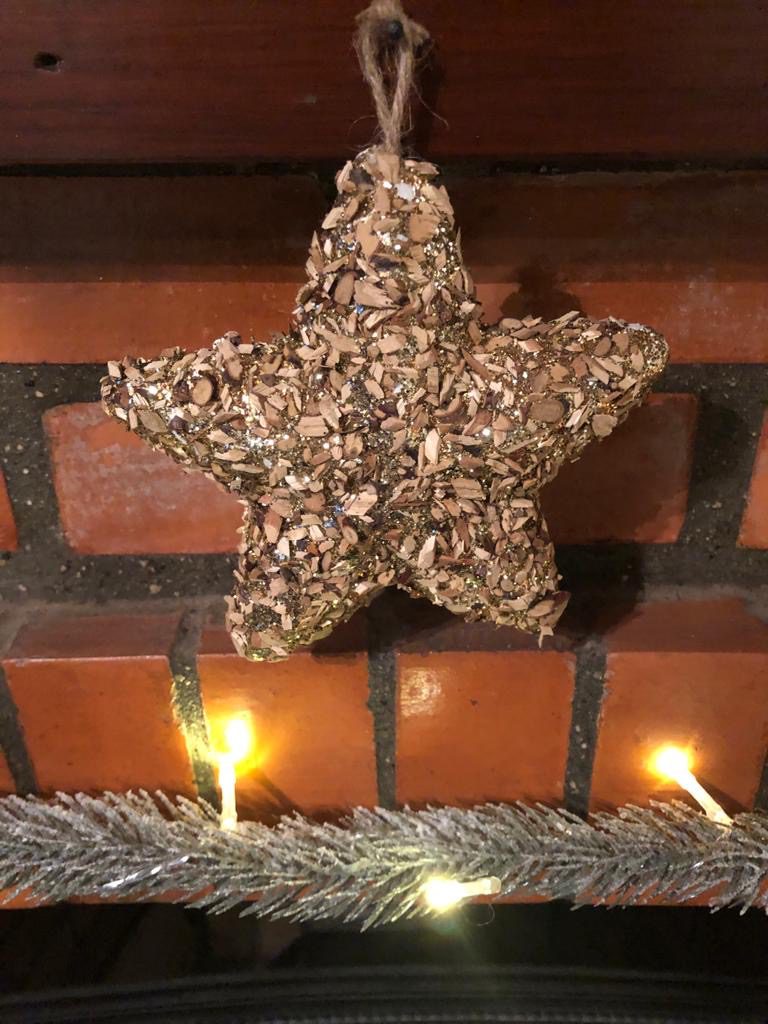
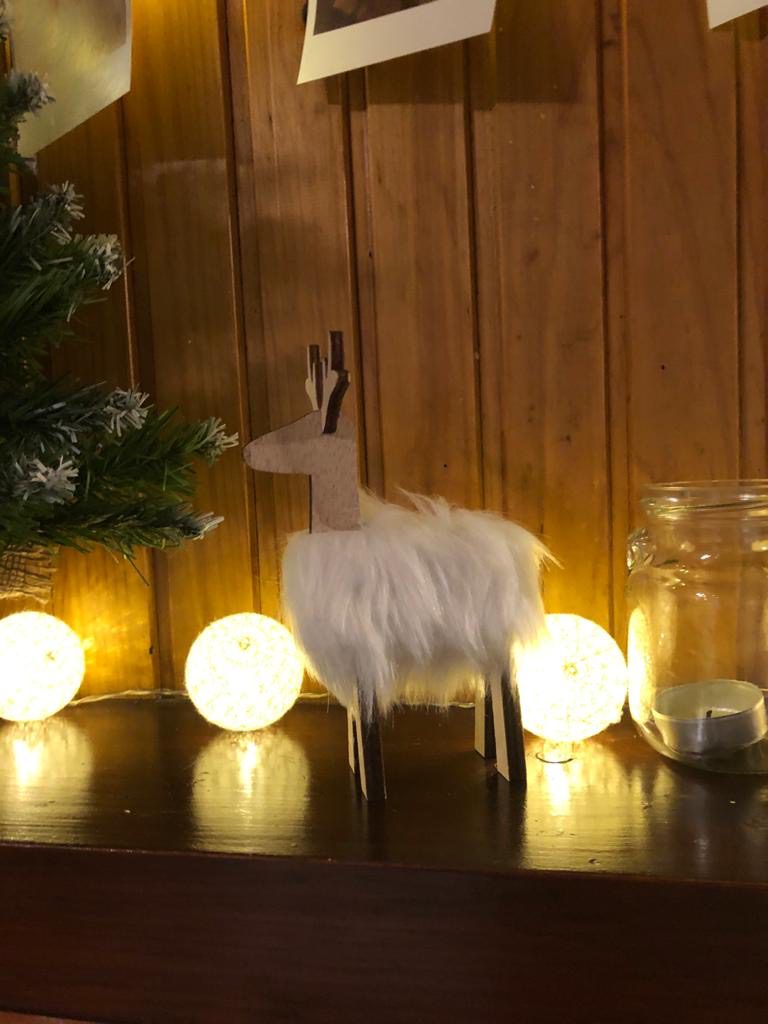
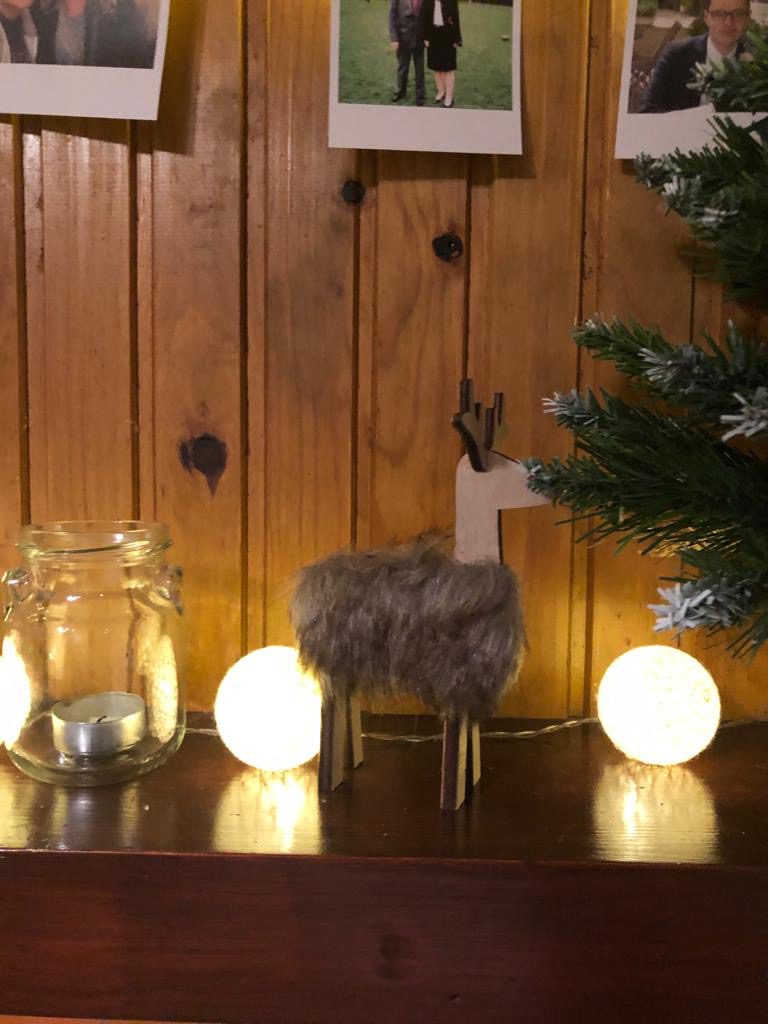
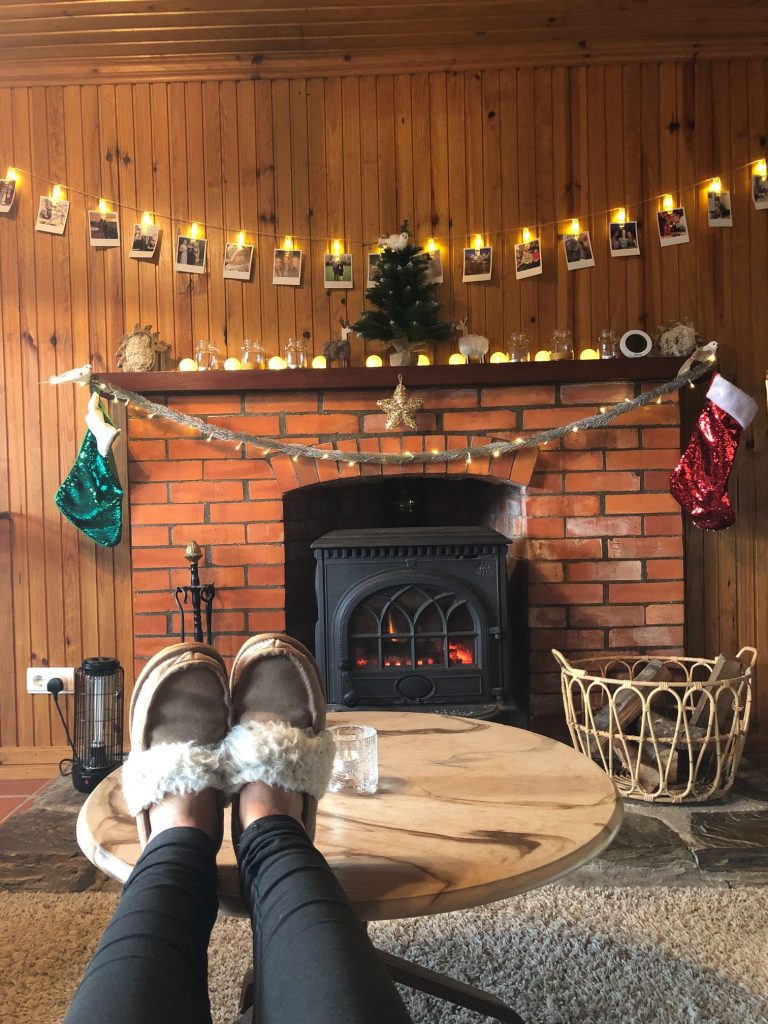
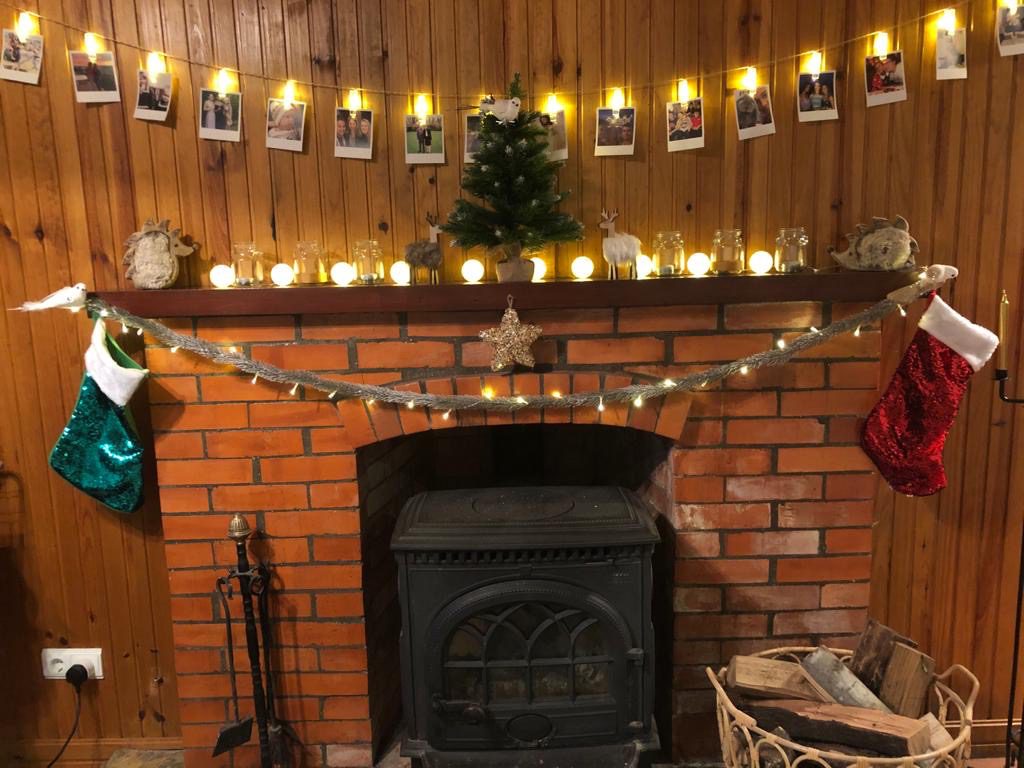
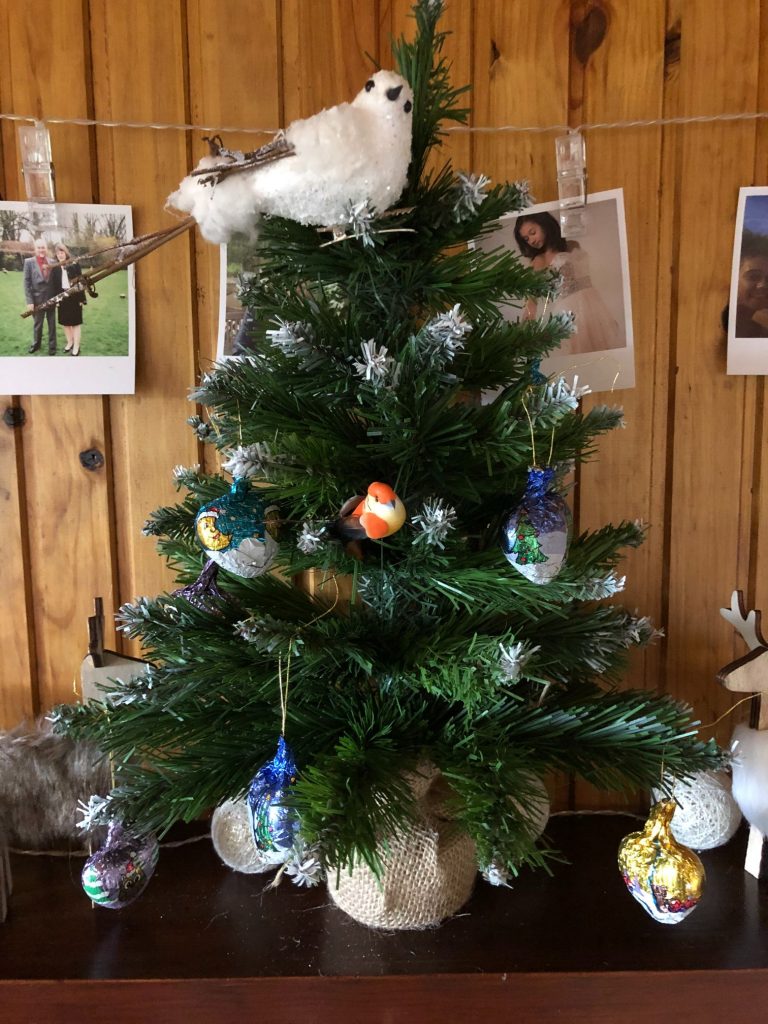
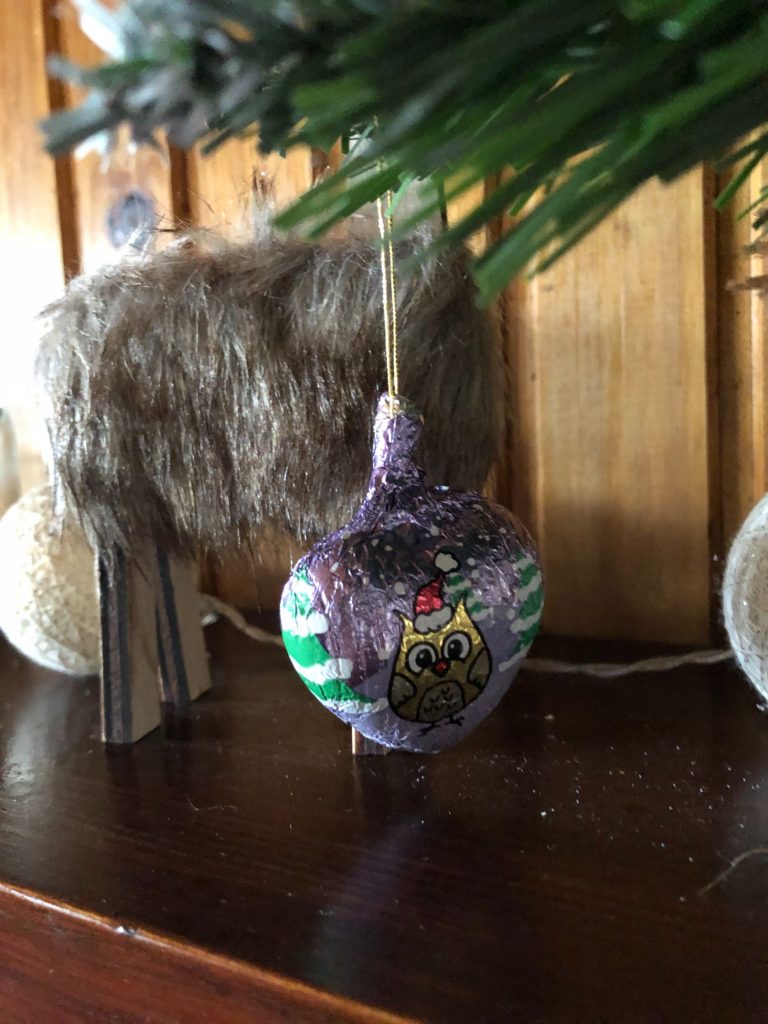


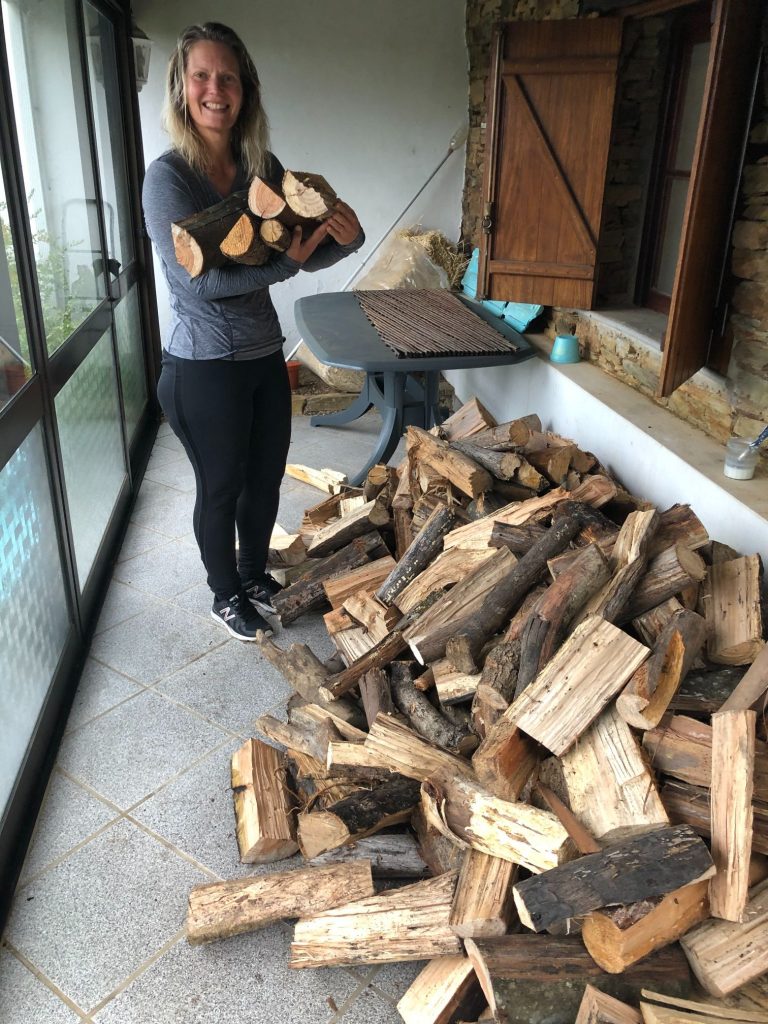

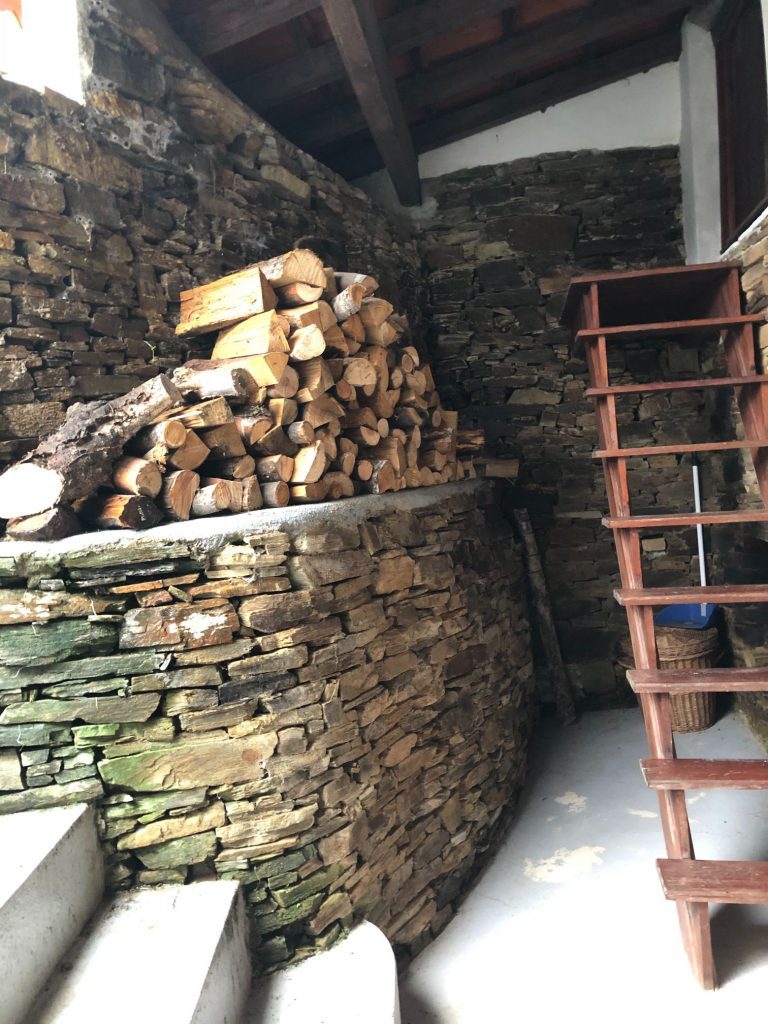
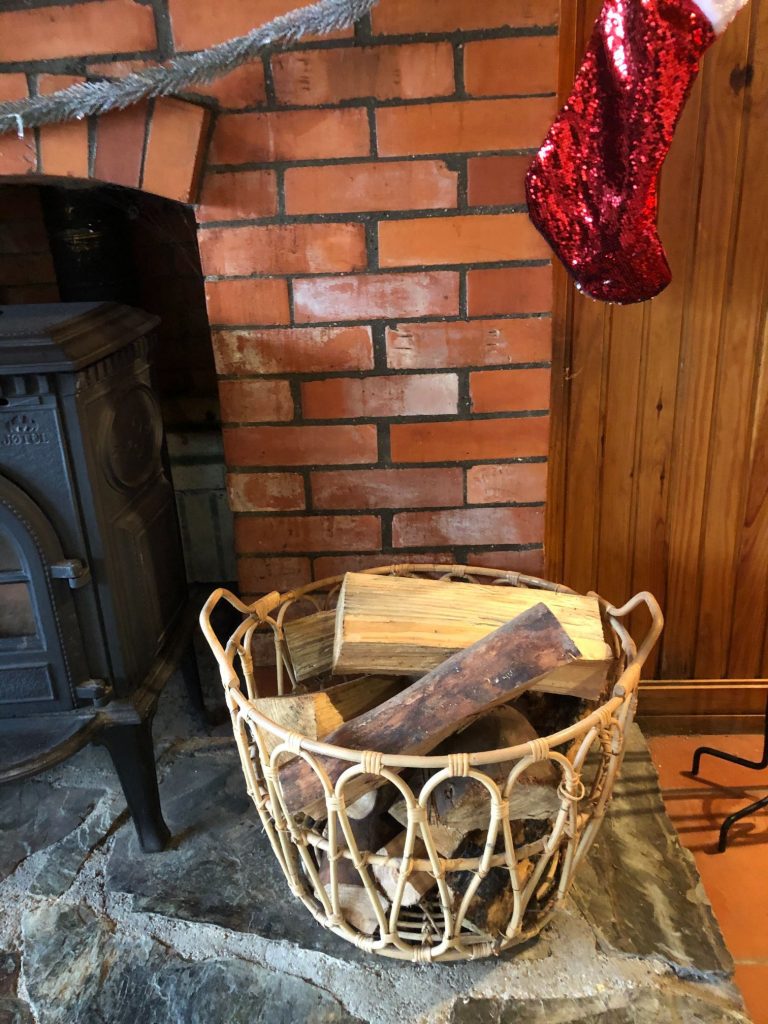

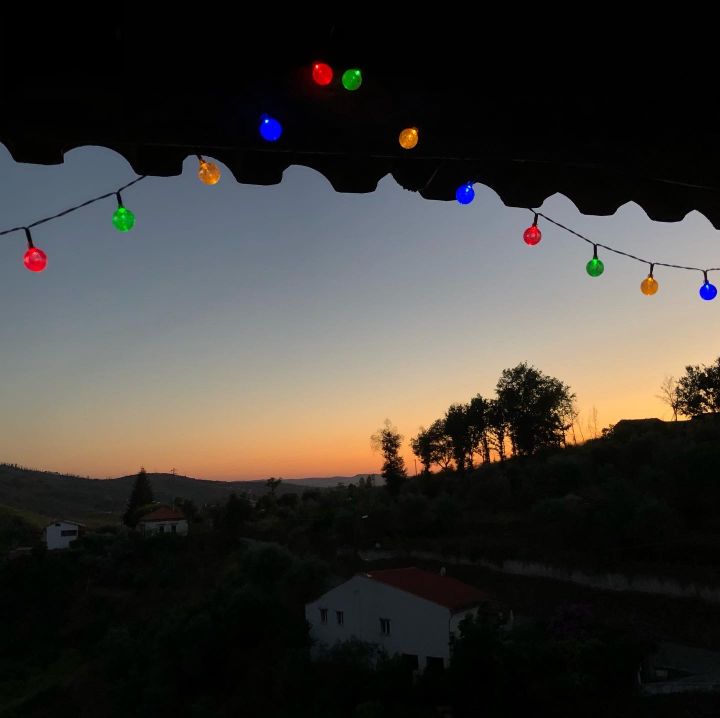



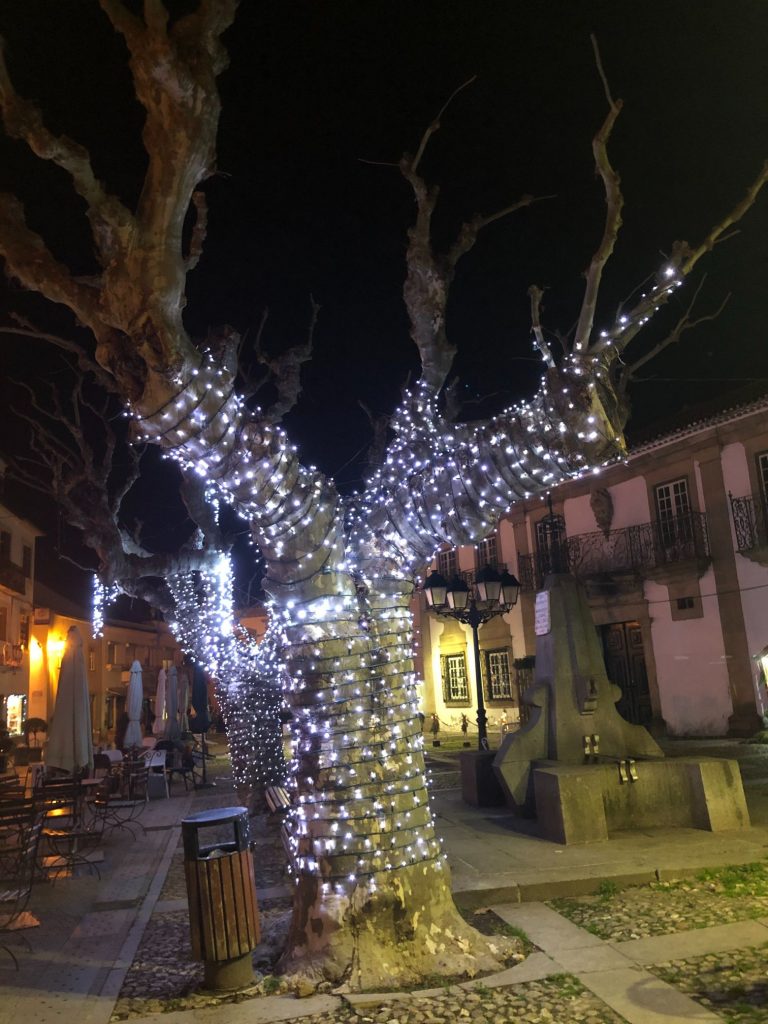
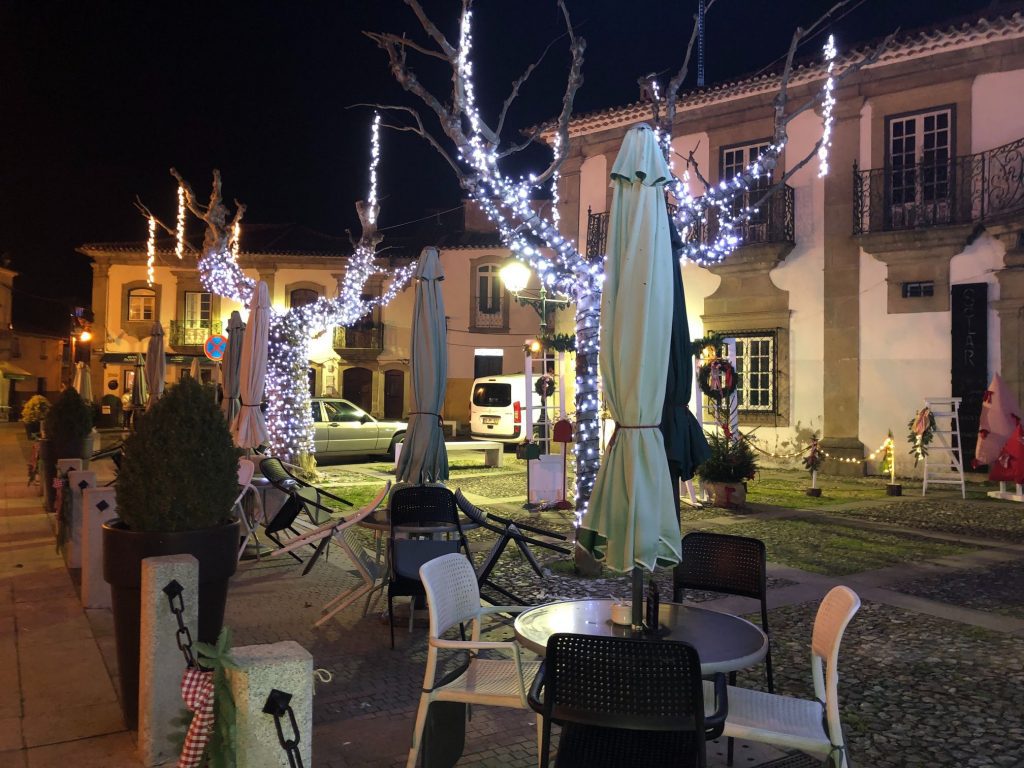
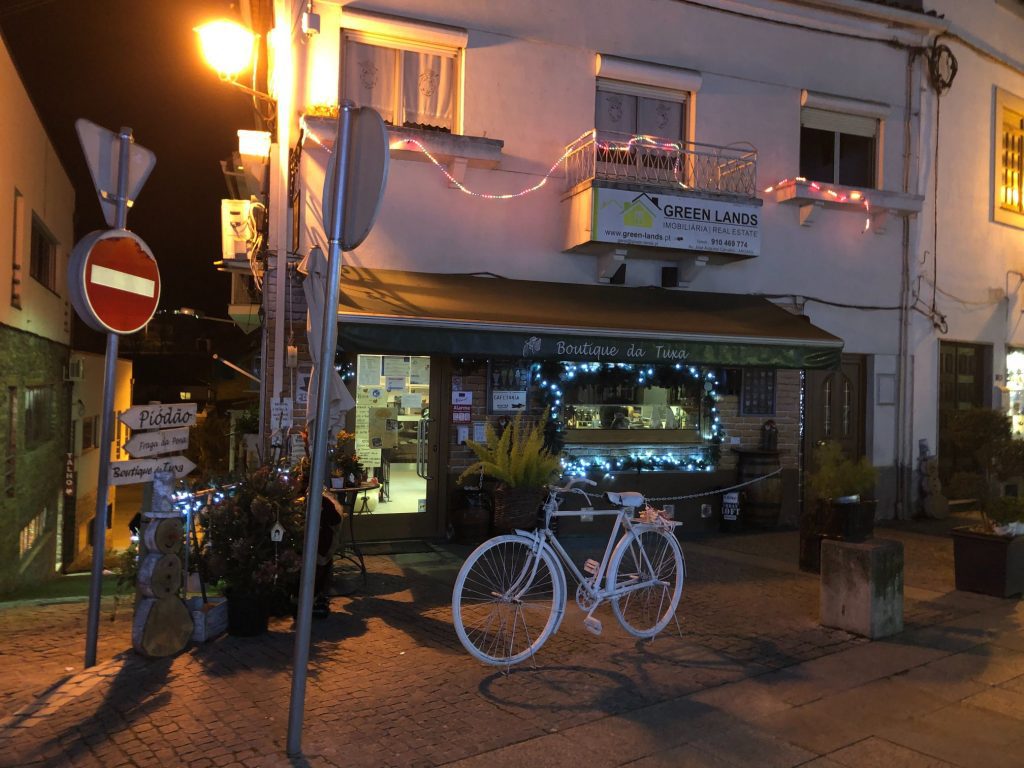

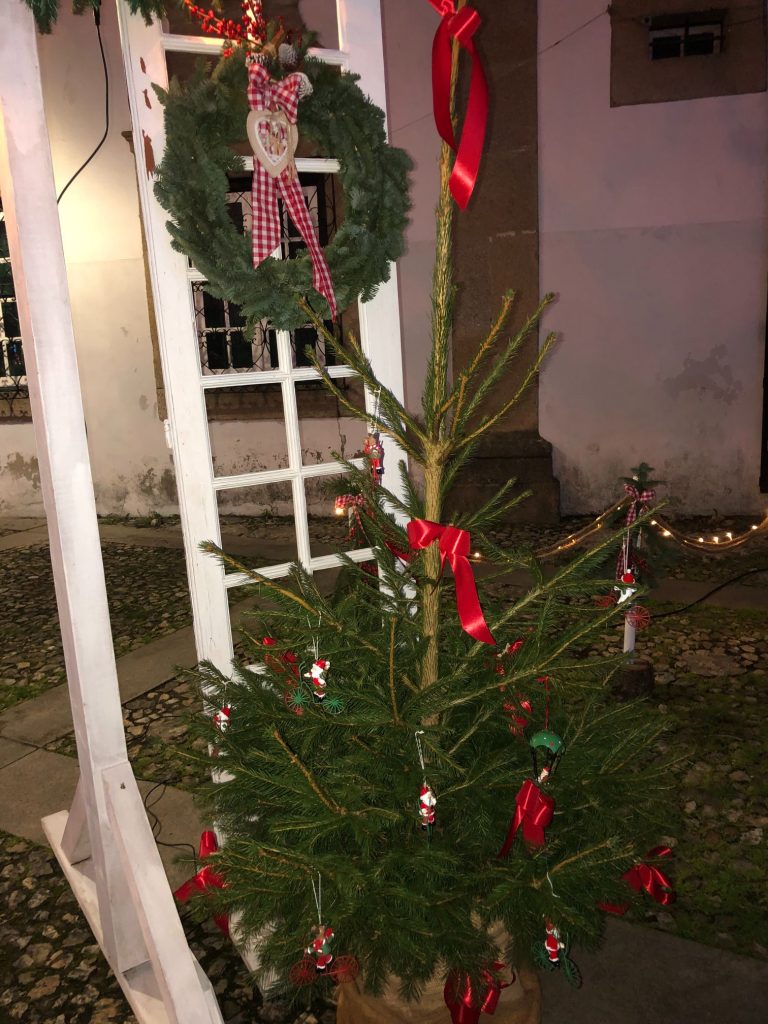
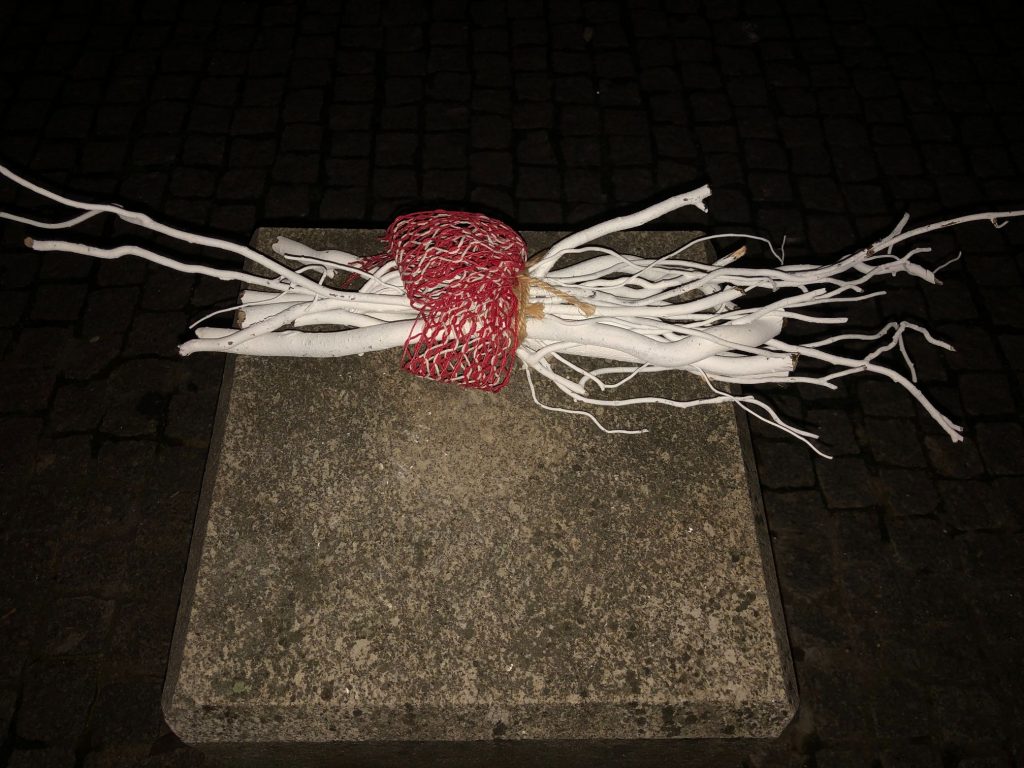



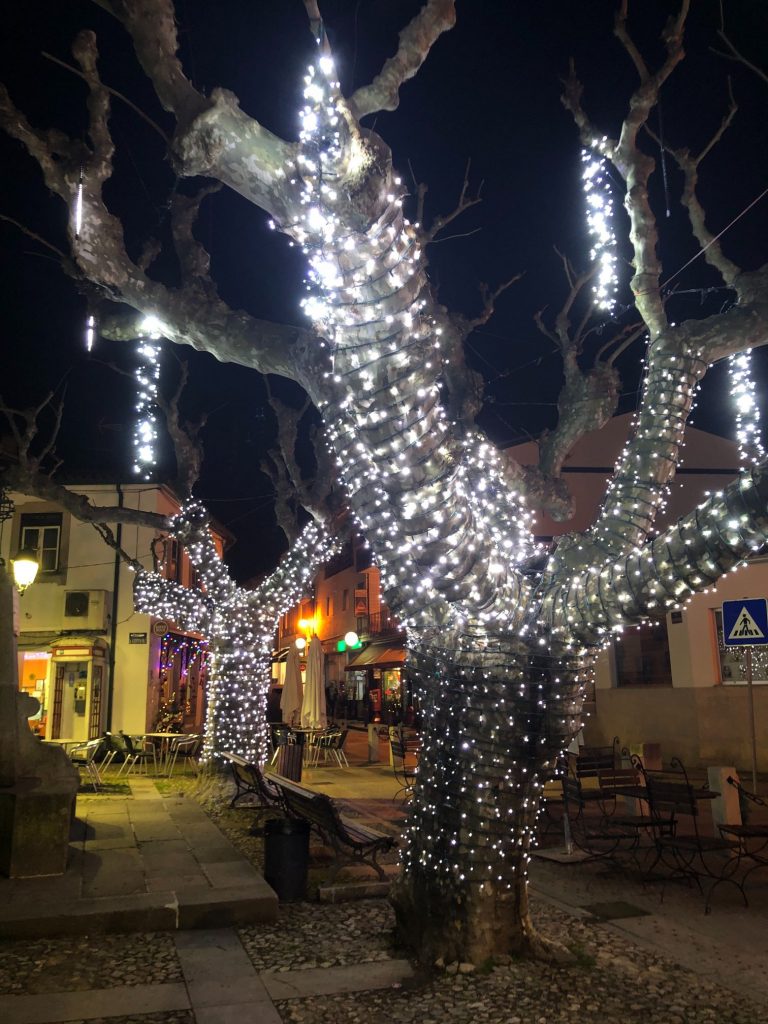
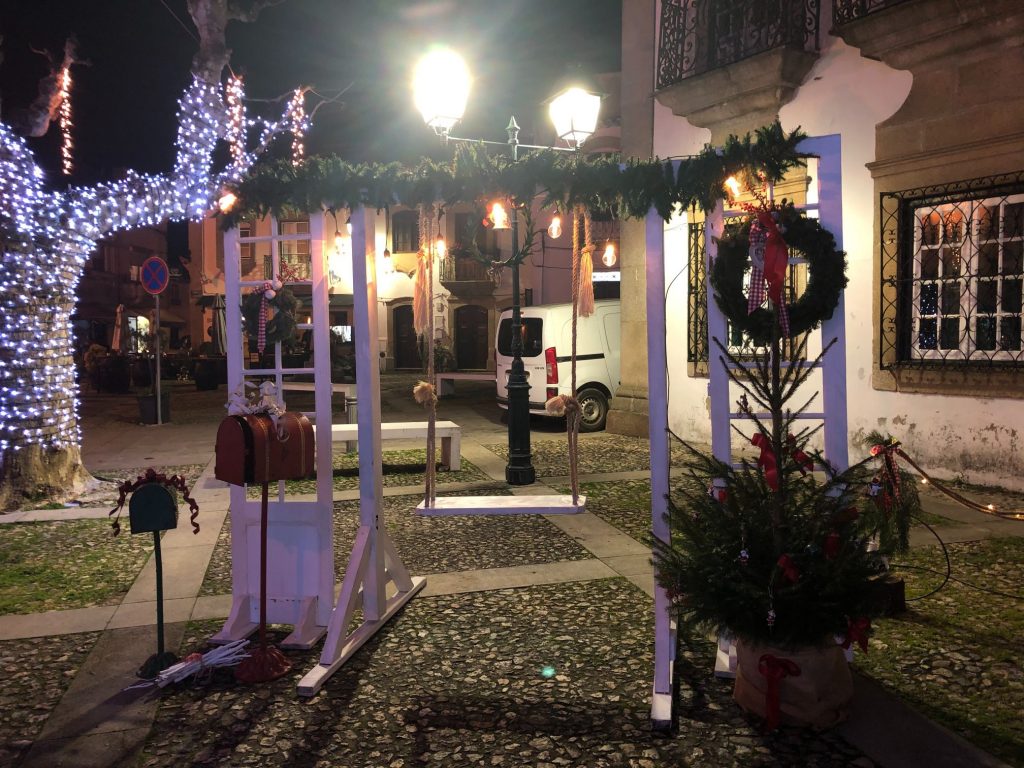

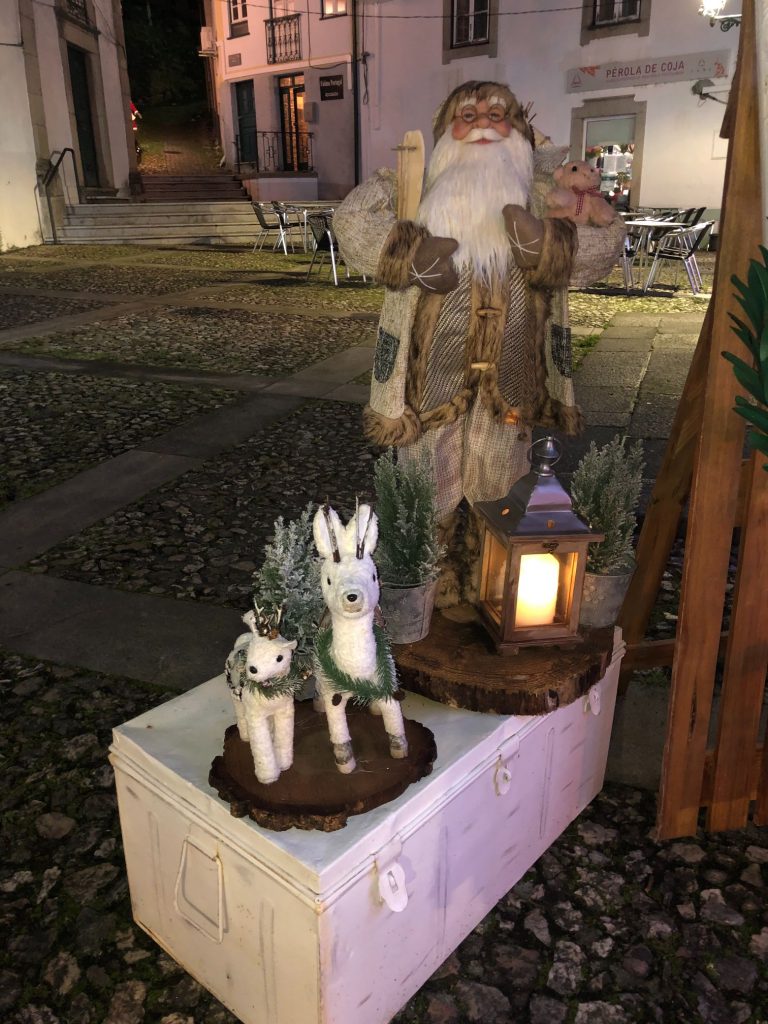
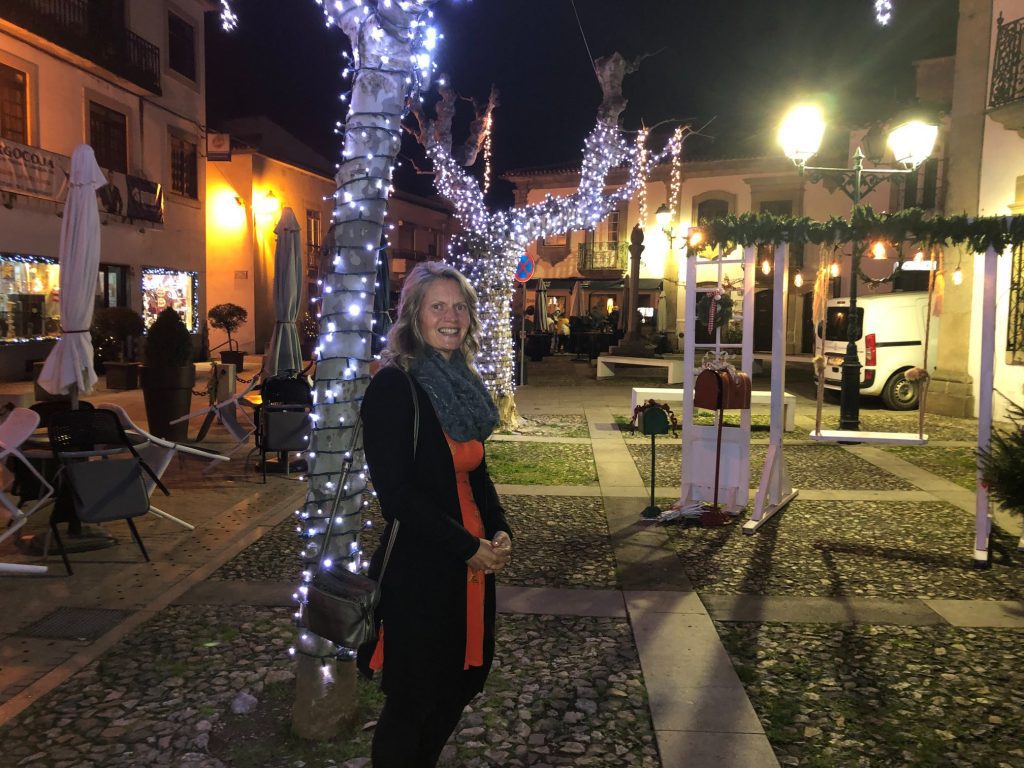
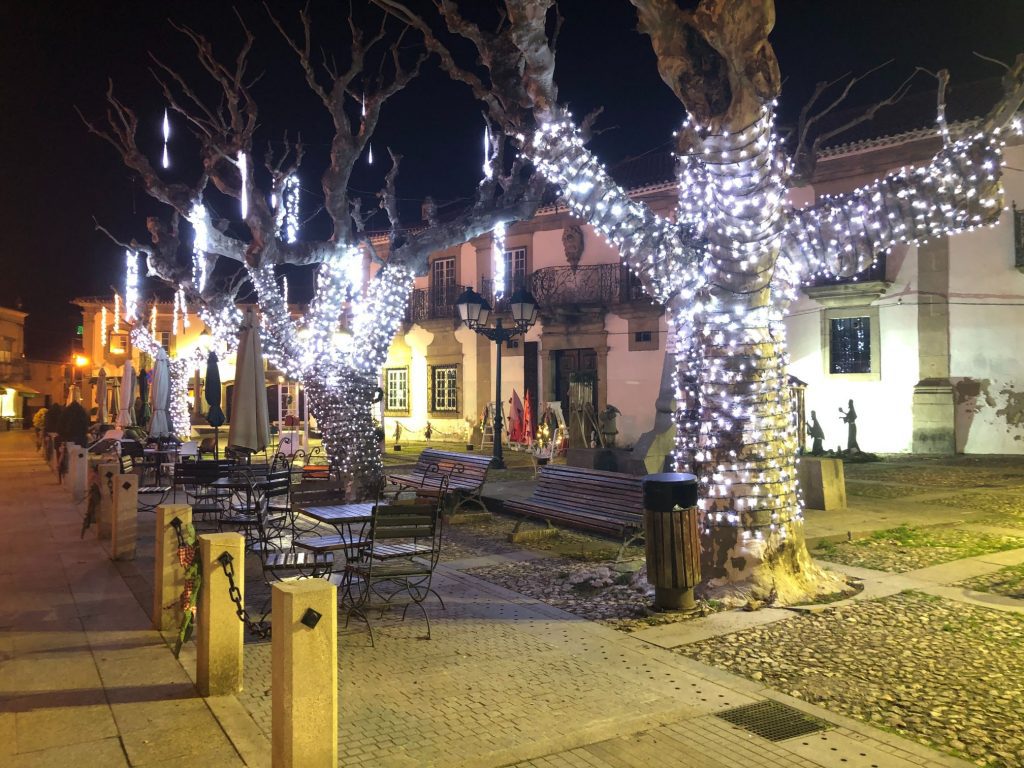

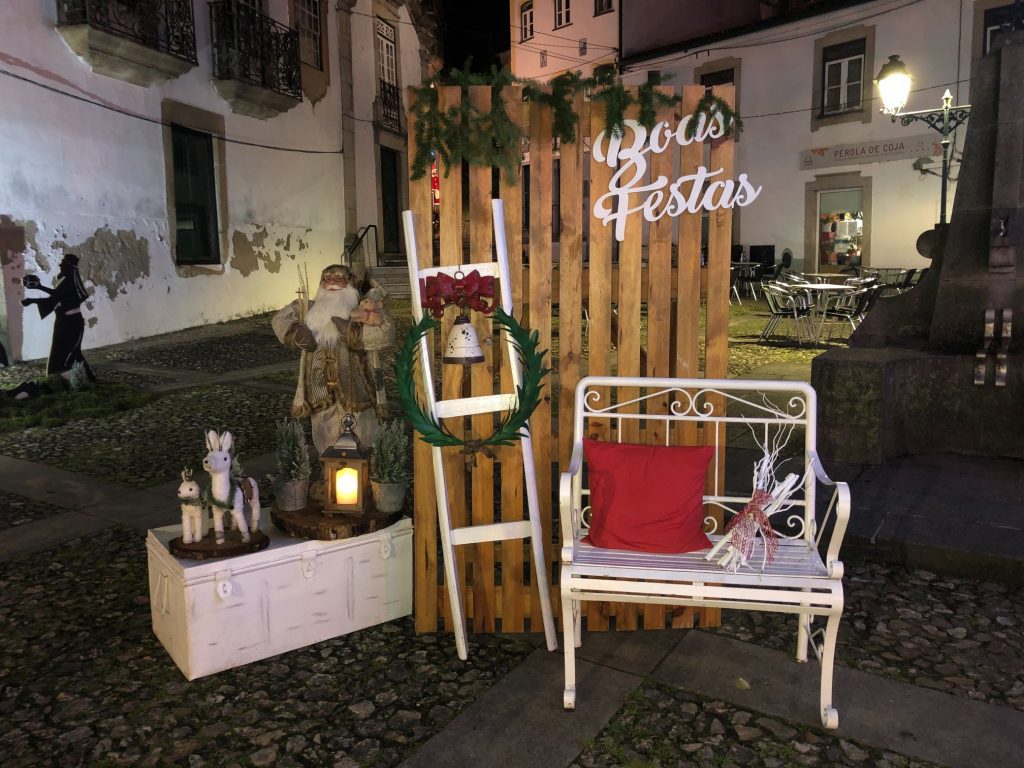
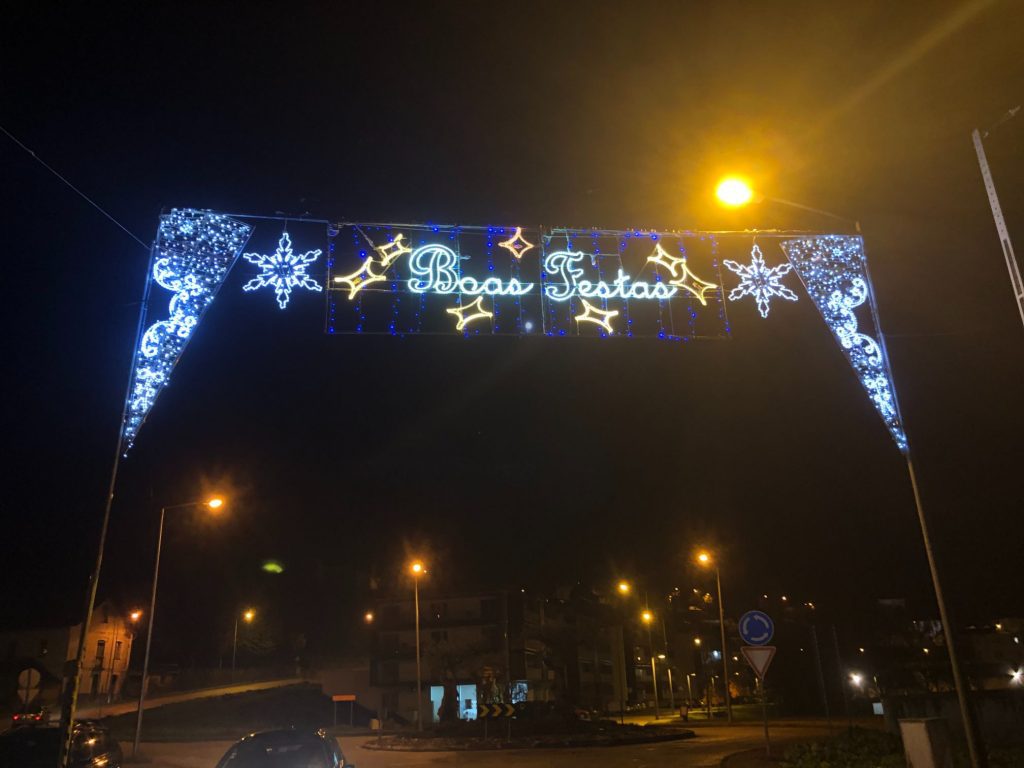
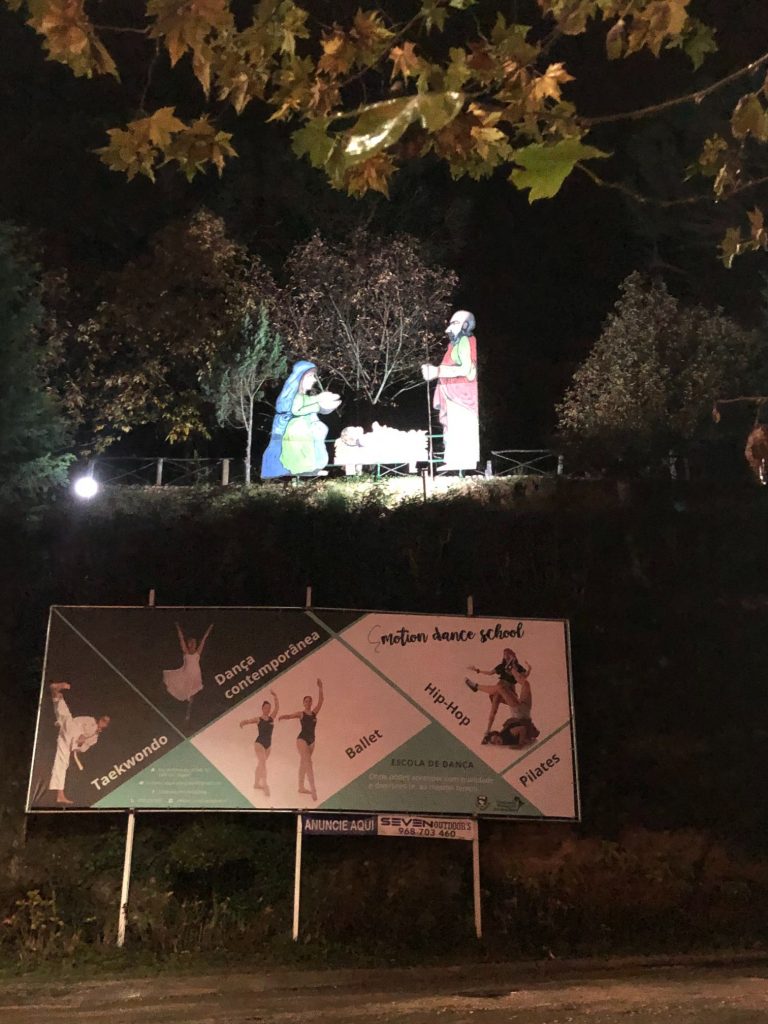


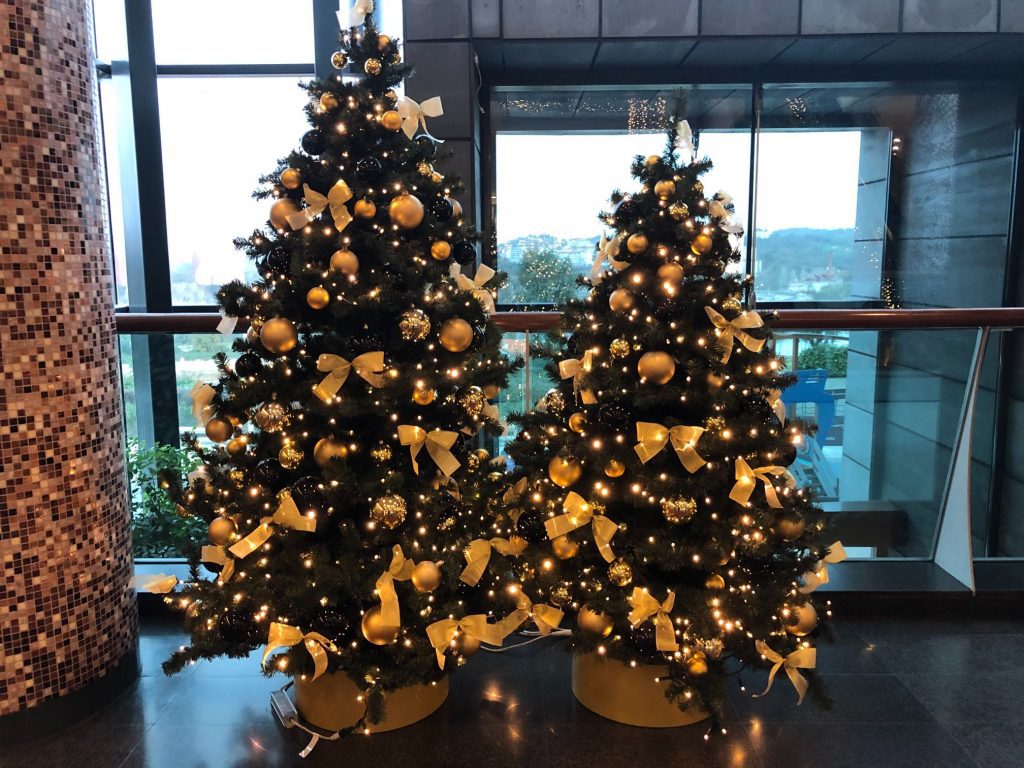
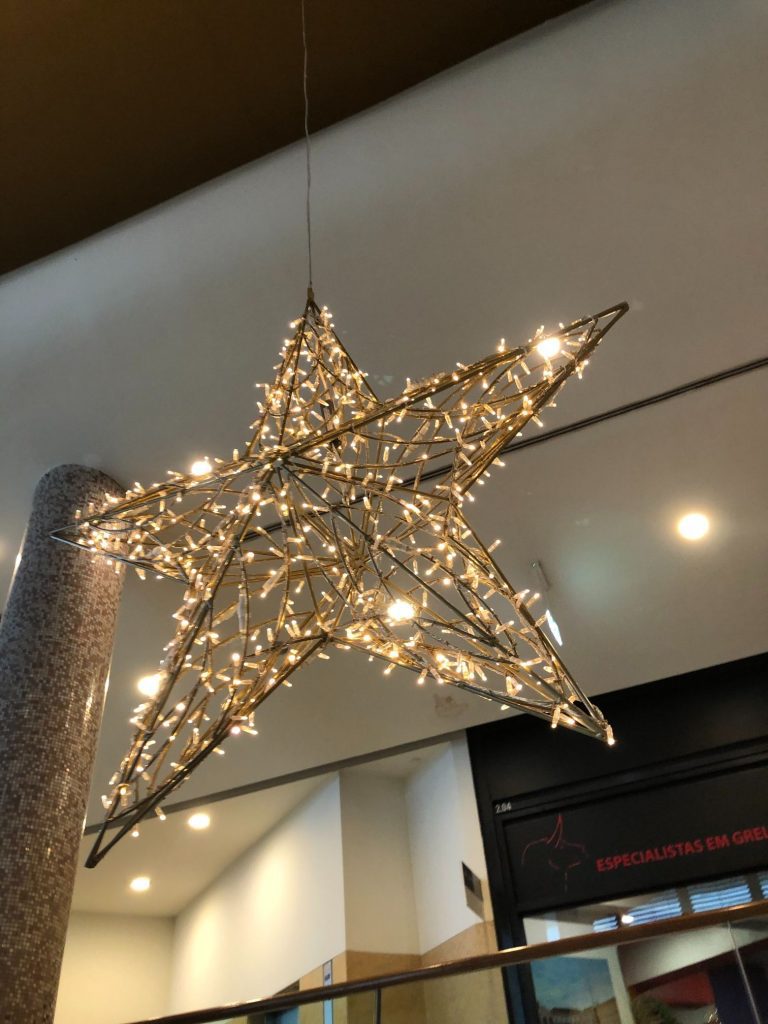
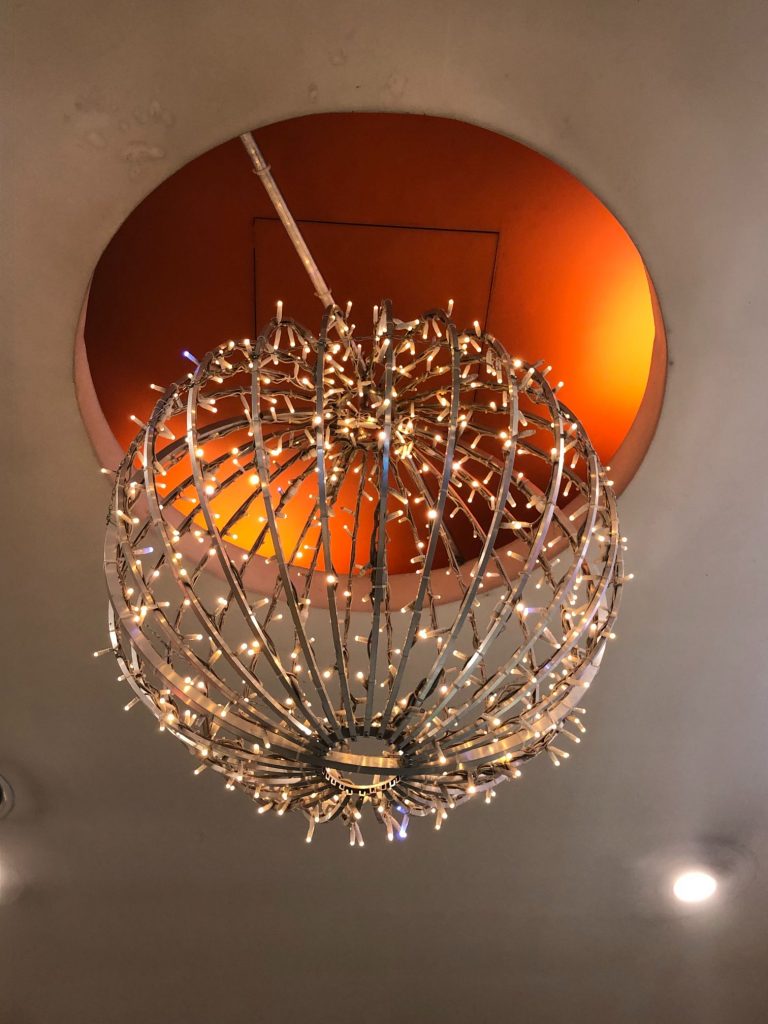
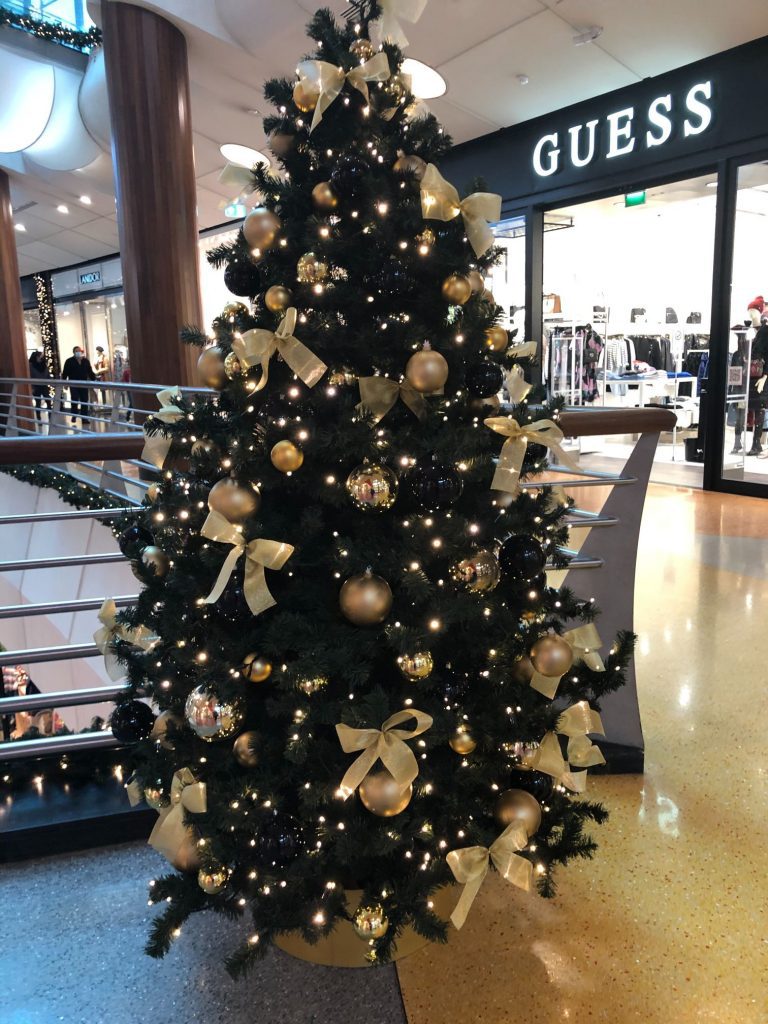
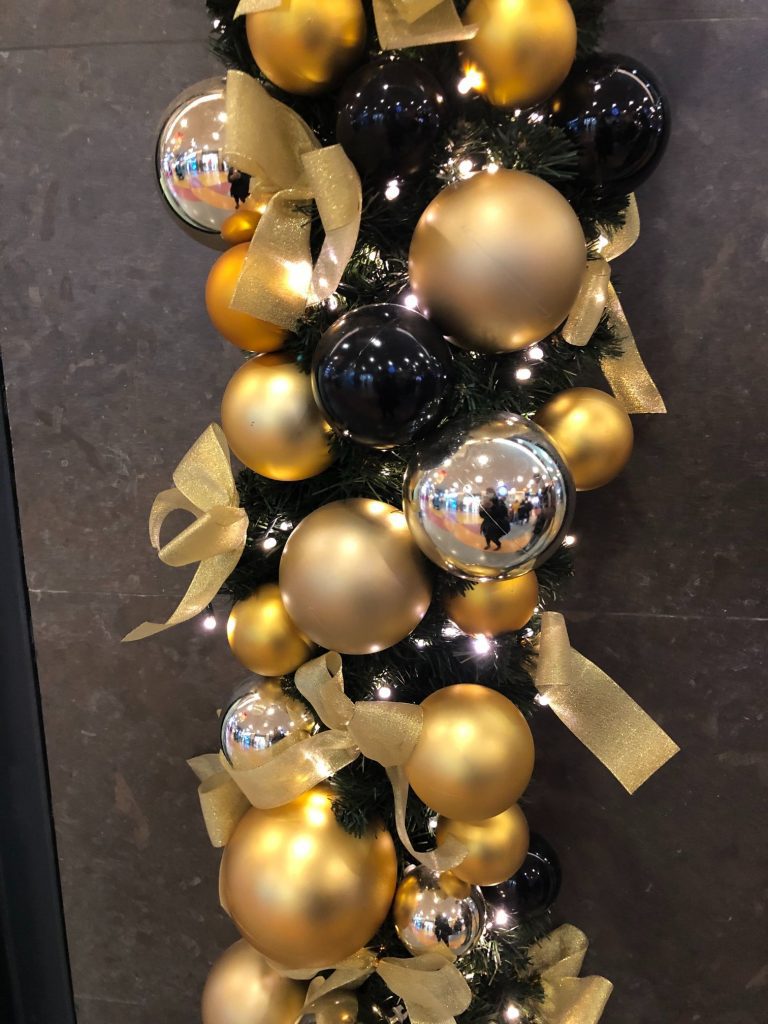
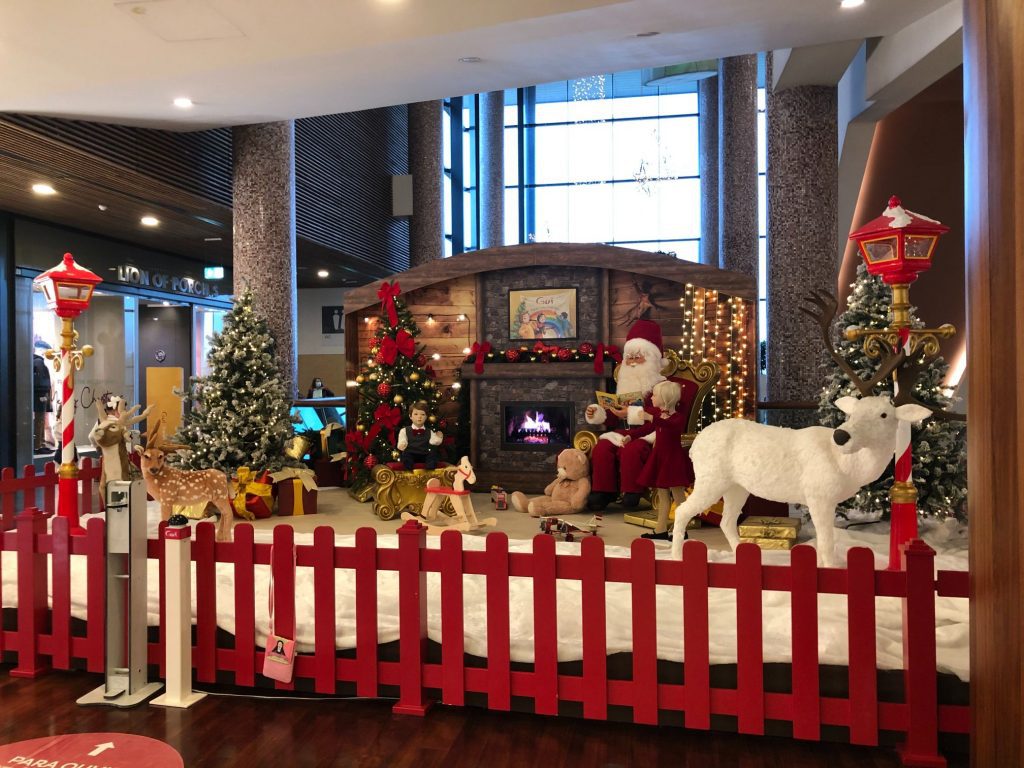


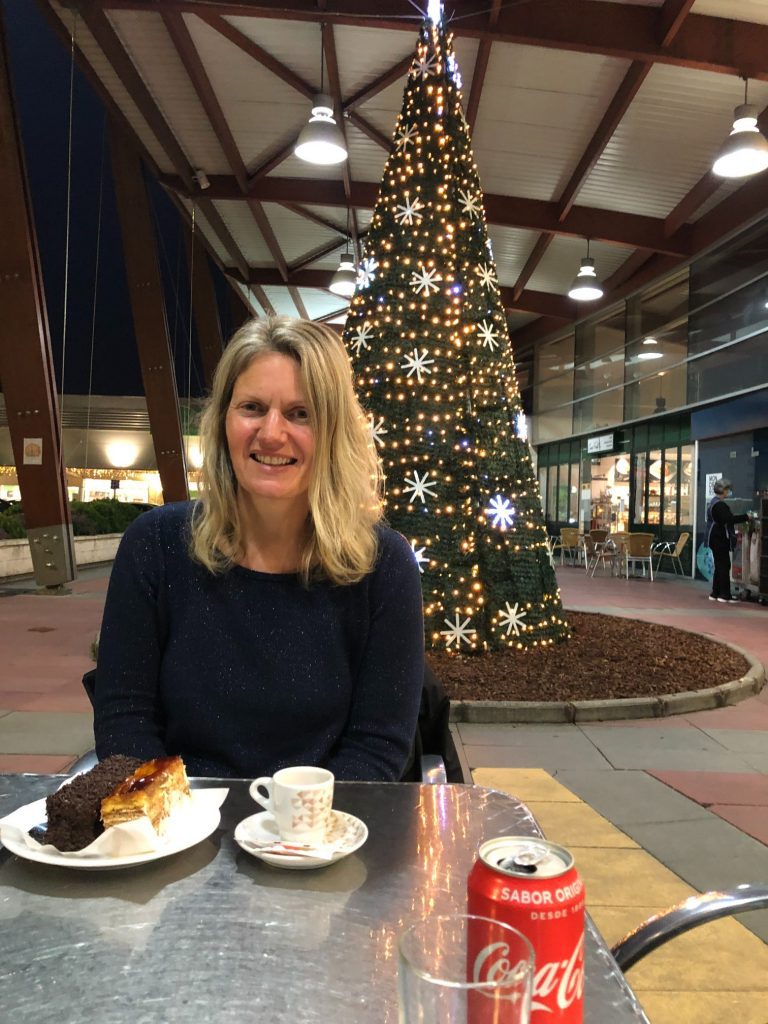

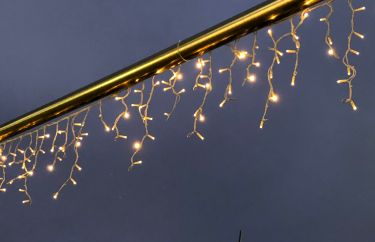

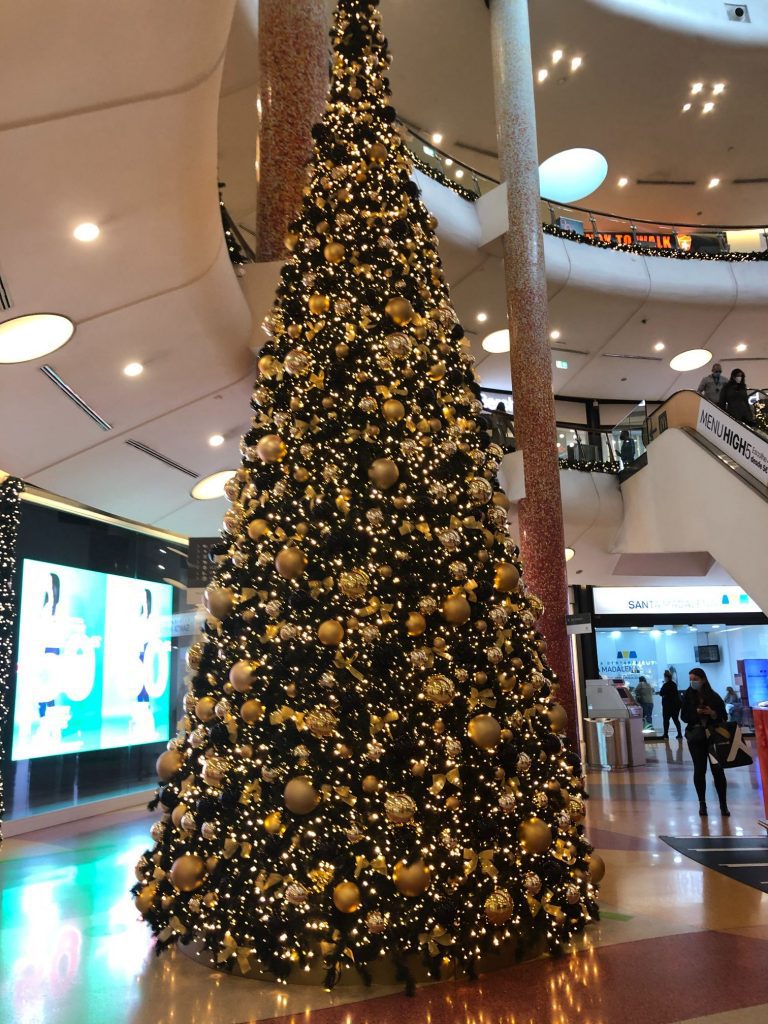
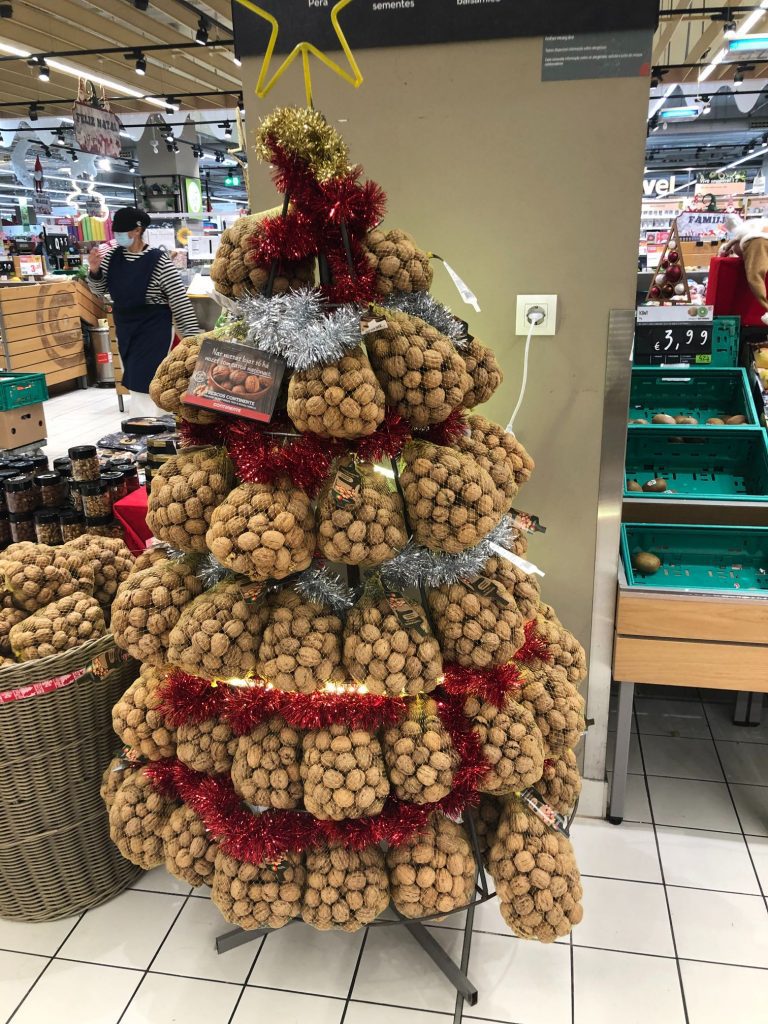
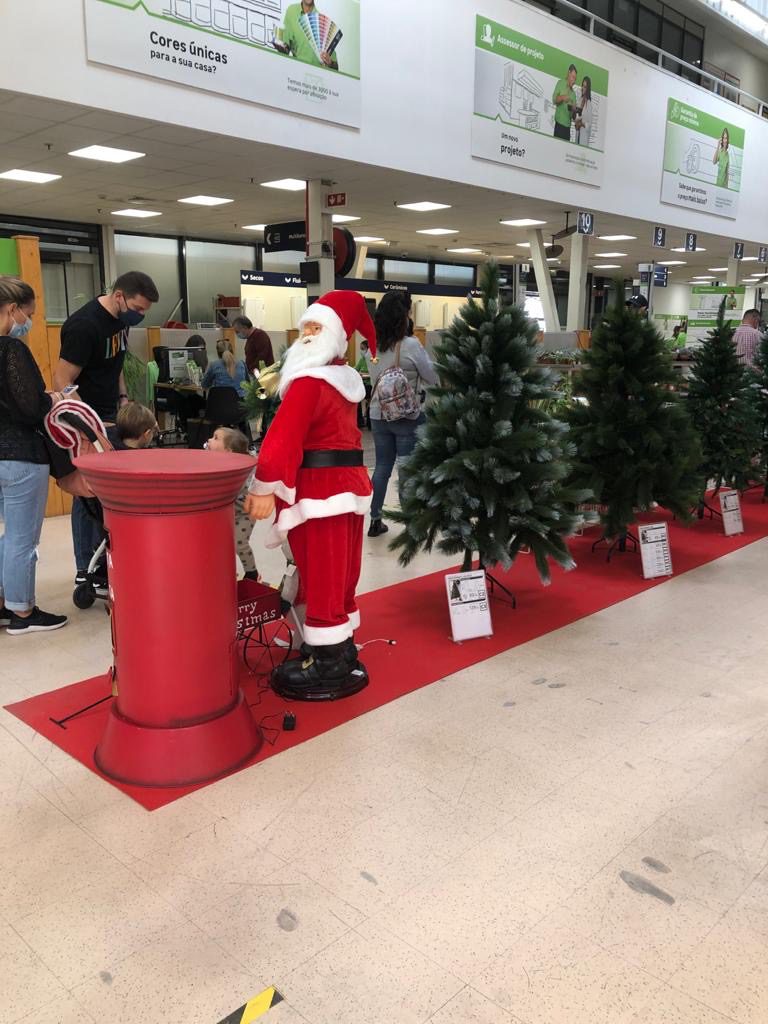


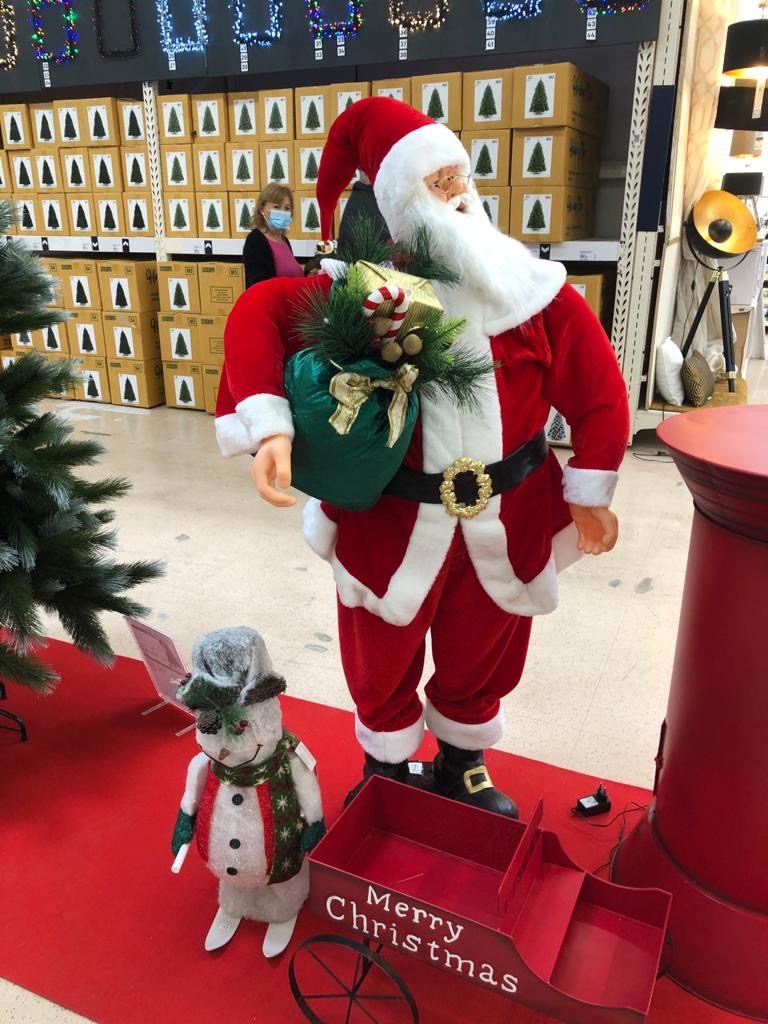


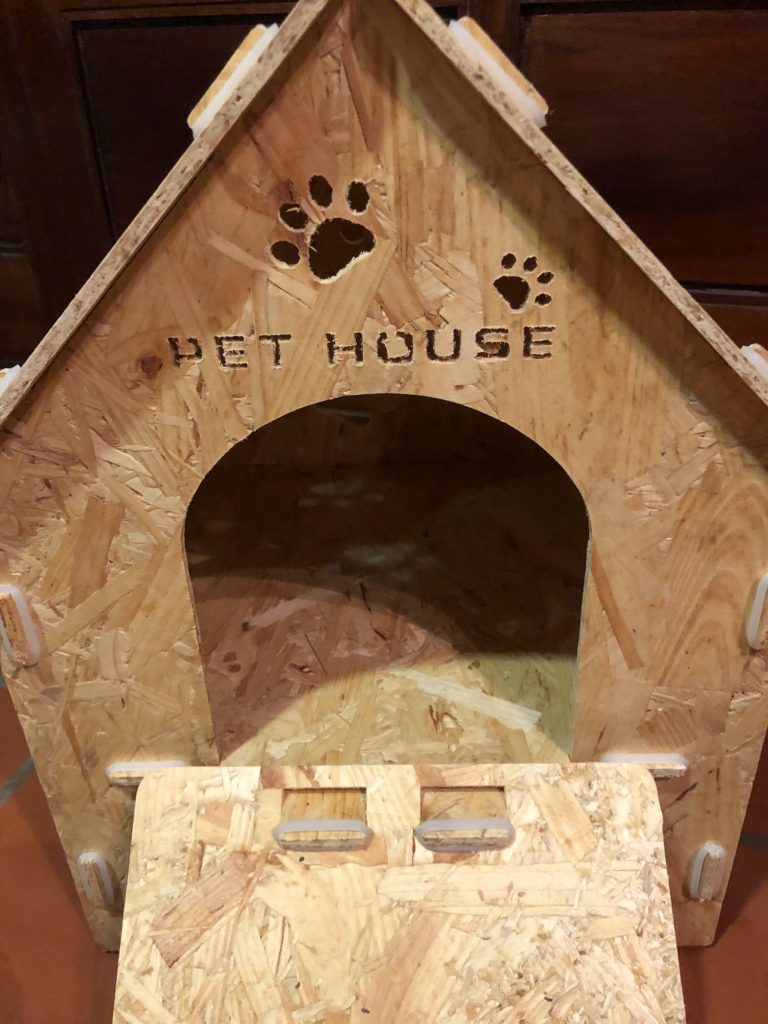
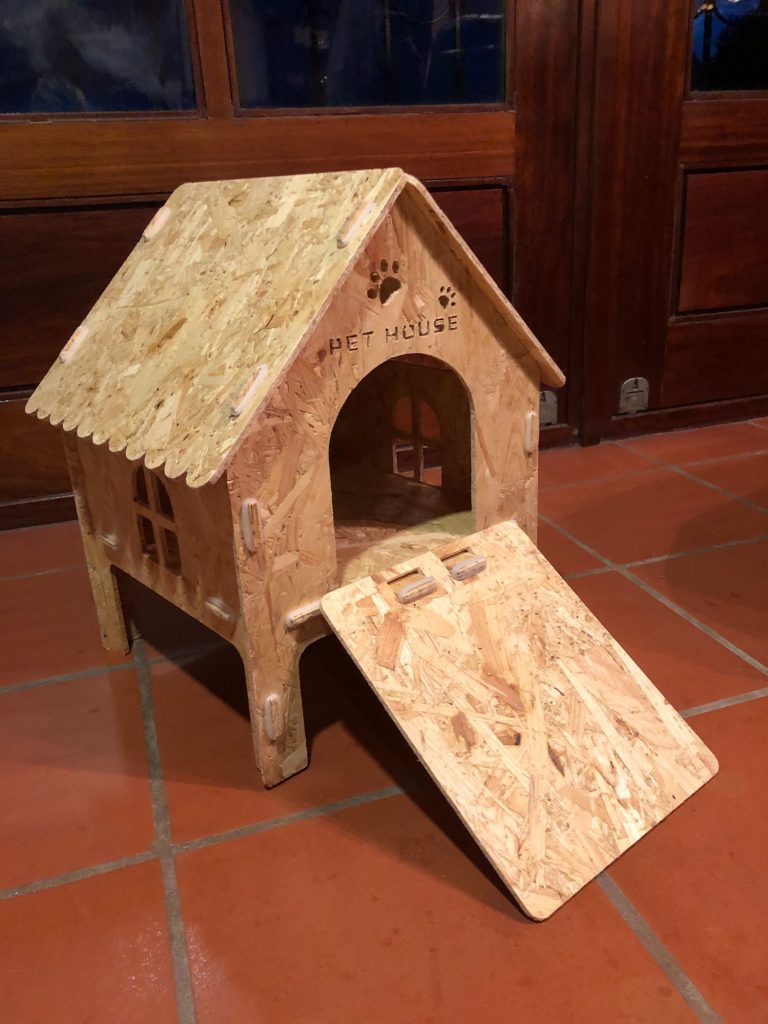
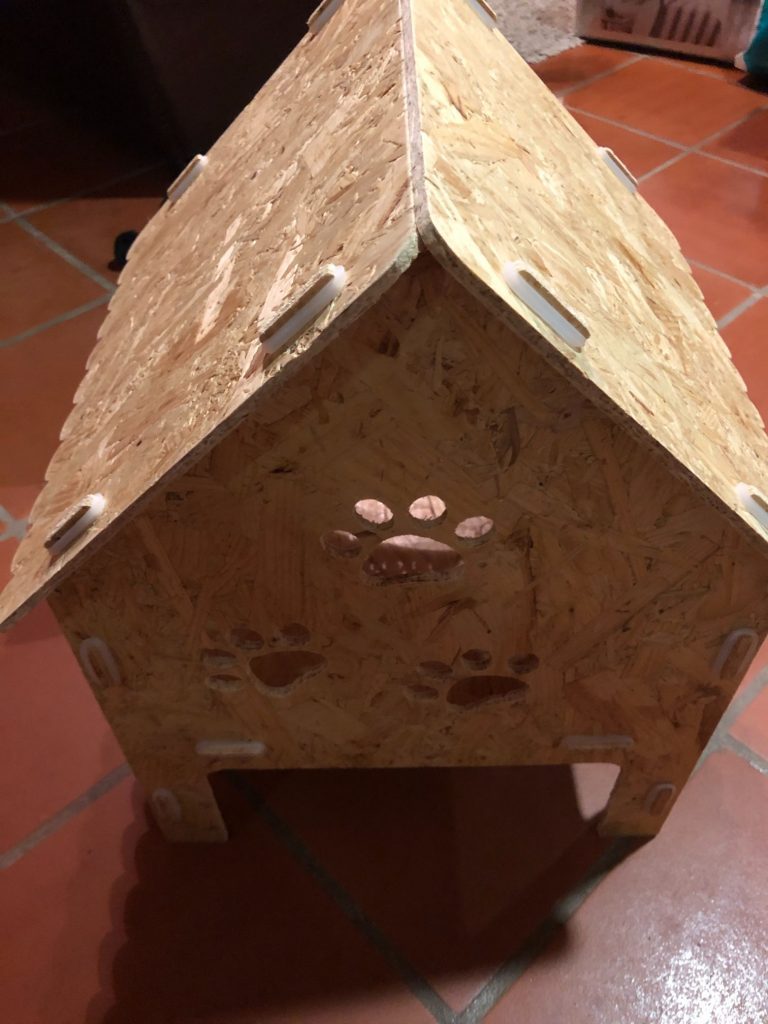
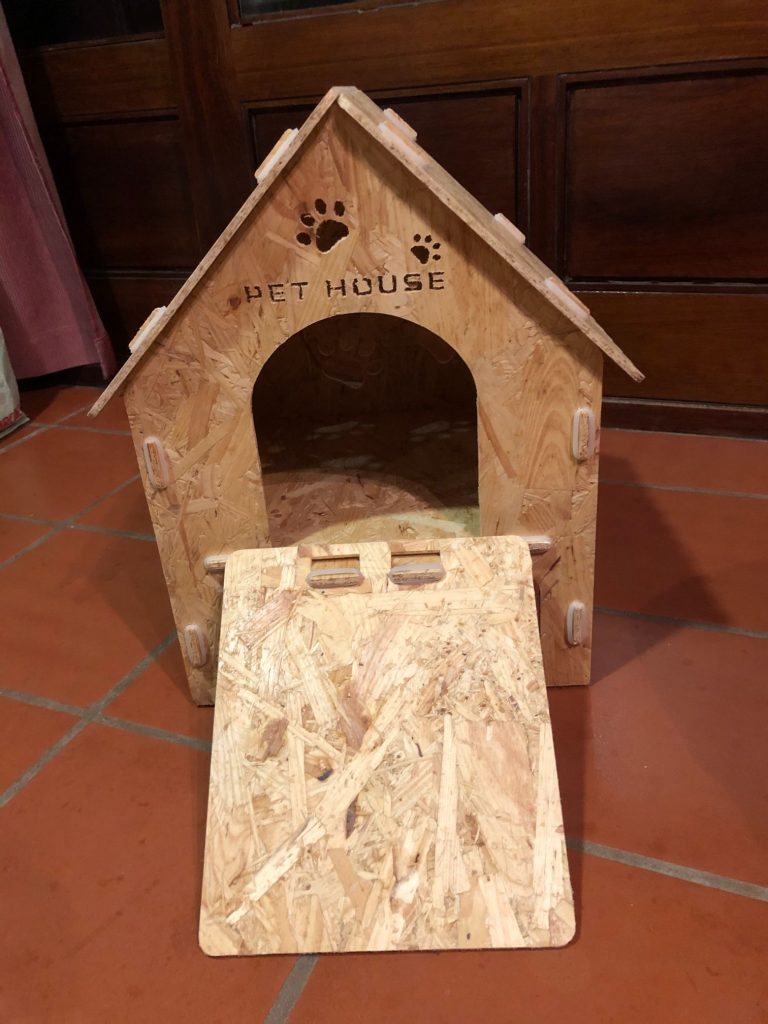





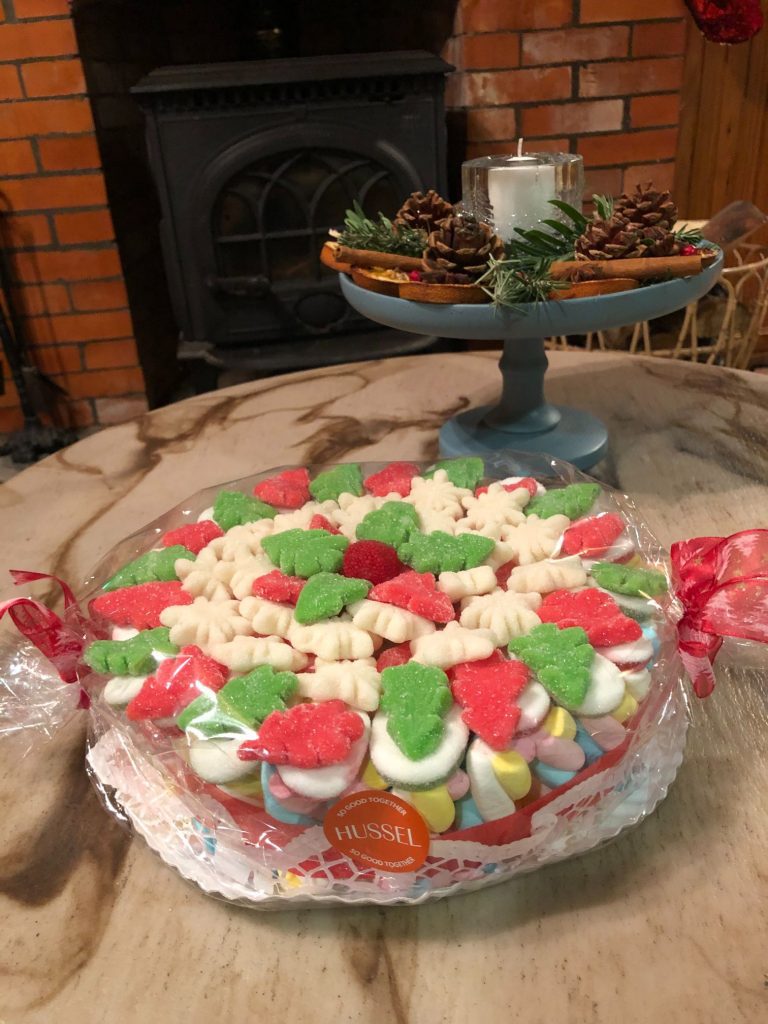

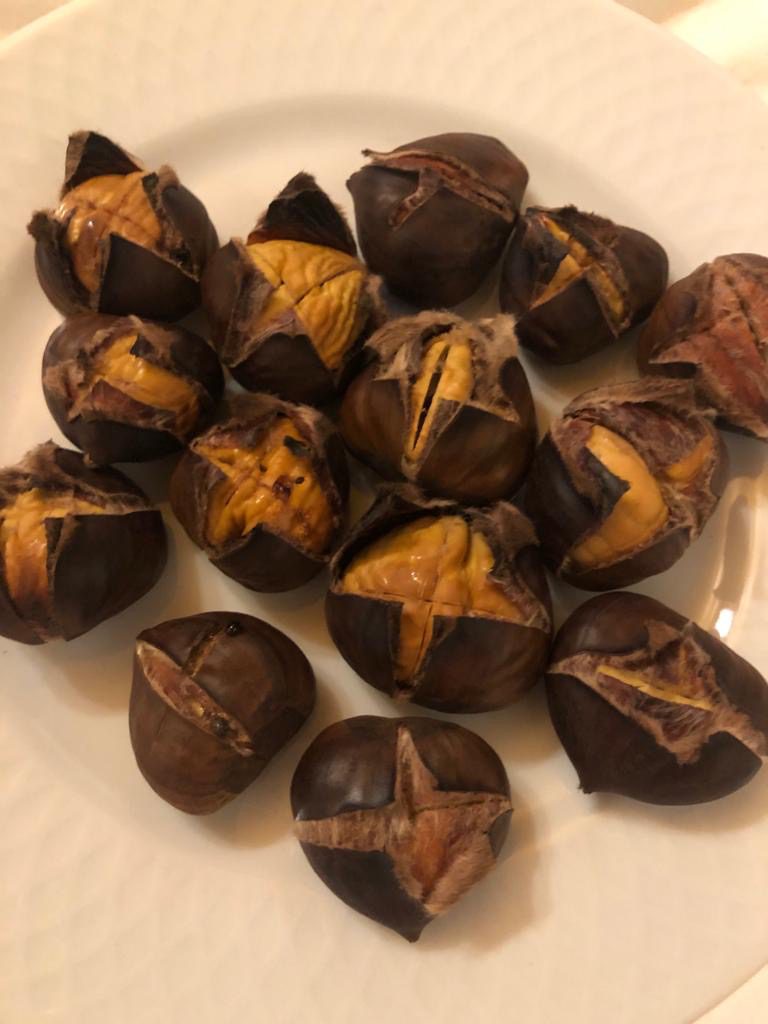
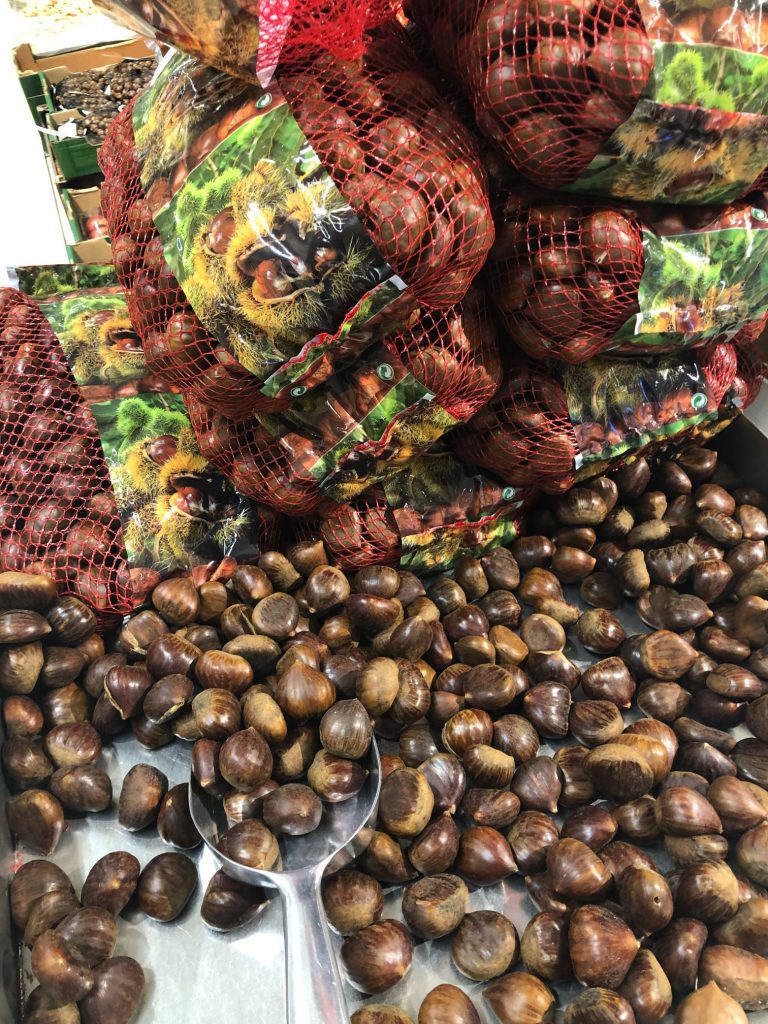

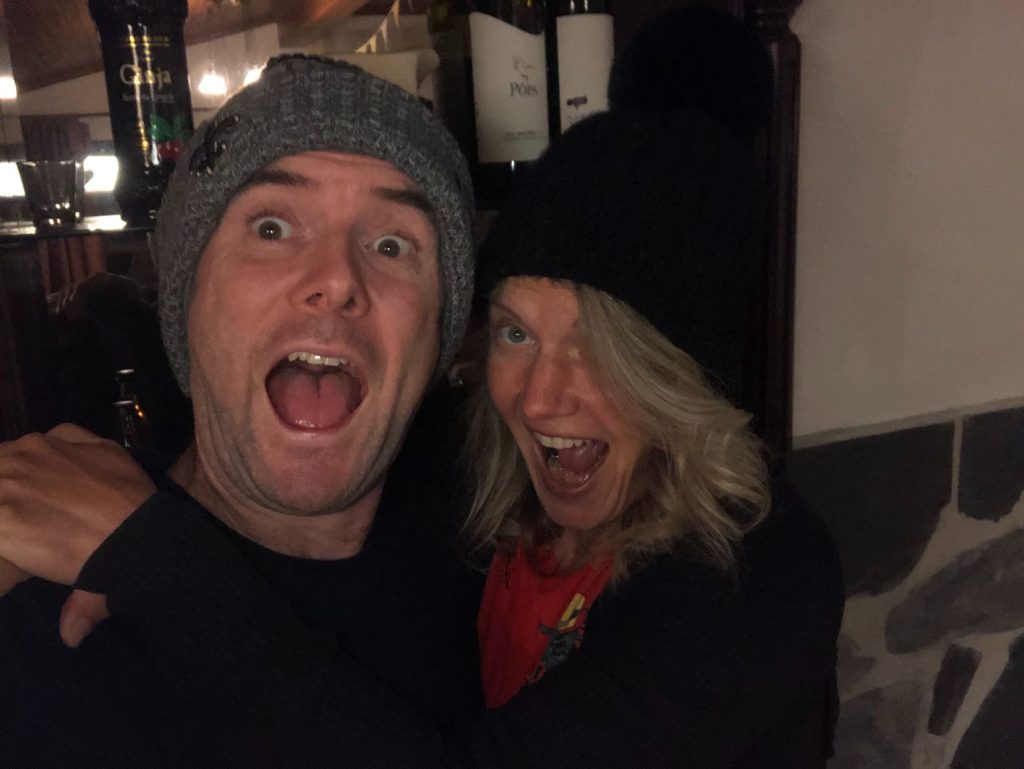
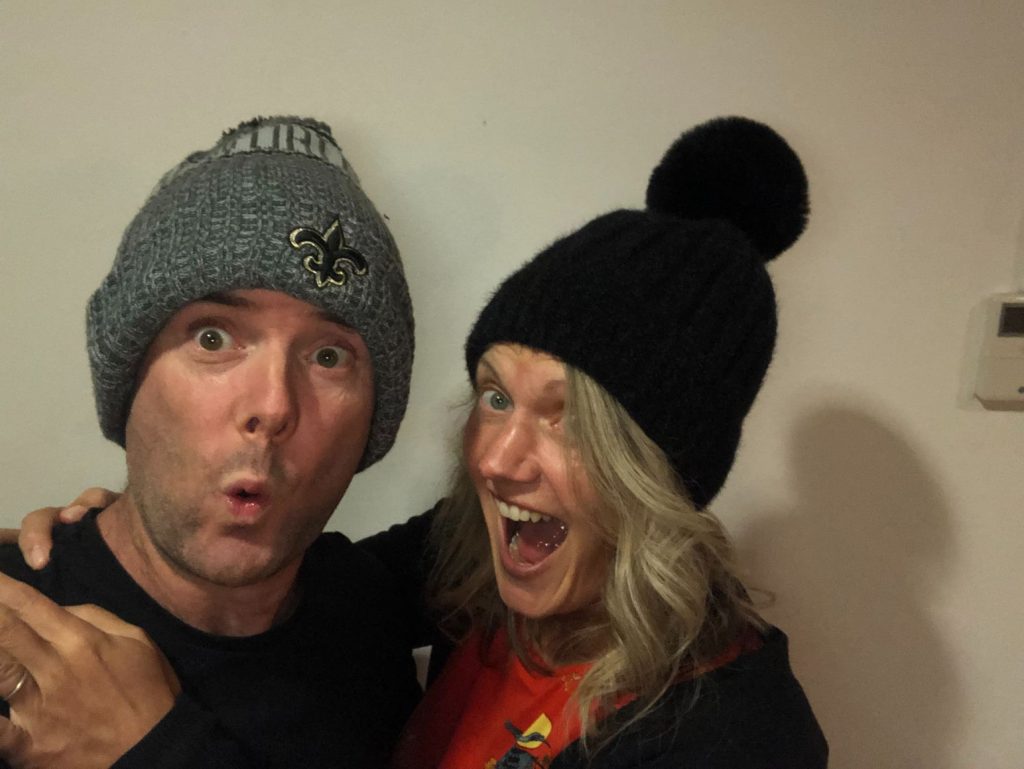
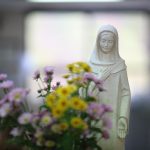
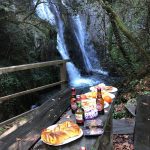
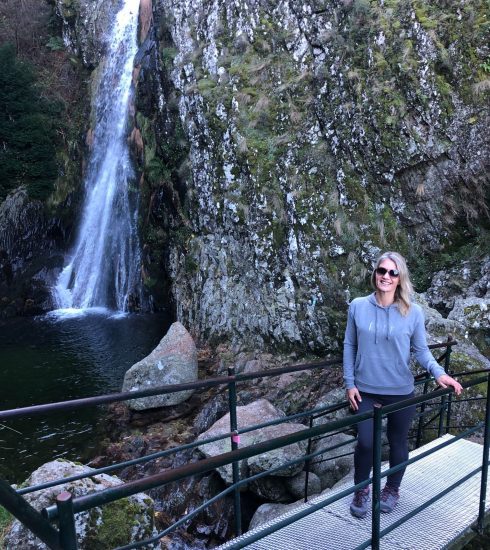

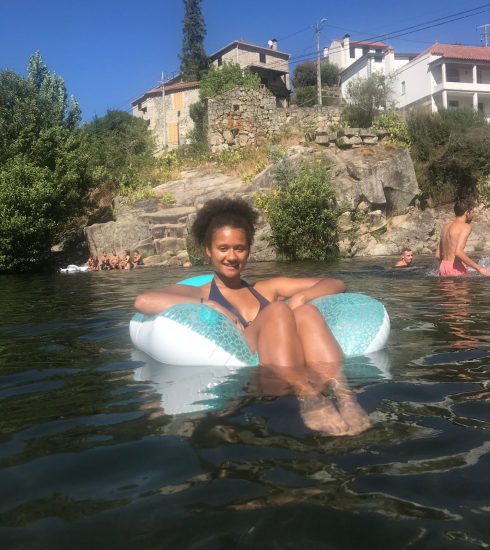
3 Comments
Graham Ogle
4 years agoBom dia Helen,
I think I’ve been reading your blogs since early this year and they always bring a smile. We arrived a few months before you, and after a year in Vila Nova de Poiares, we are now settling into our new home west of Coimbra. Love your descriptions of where you’ve been and it gives me ideas for days out etc. It’s also fun to compare your experiences with ours; mostly we agree 🙂
Keep up the blogging and Feliz Natal!
Graham
Helen
4 years agoFeliz Natal Graham,
Glad my posts make you smile especially in such a tough year. I am happy that we agree on most things (ha ha). Heres hoping 2021 brings us more epic adventures in Portugal.
Bye for now,
Helen.
Carol
4 years agoI have really enjoyed reading all your stories. You write so well